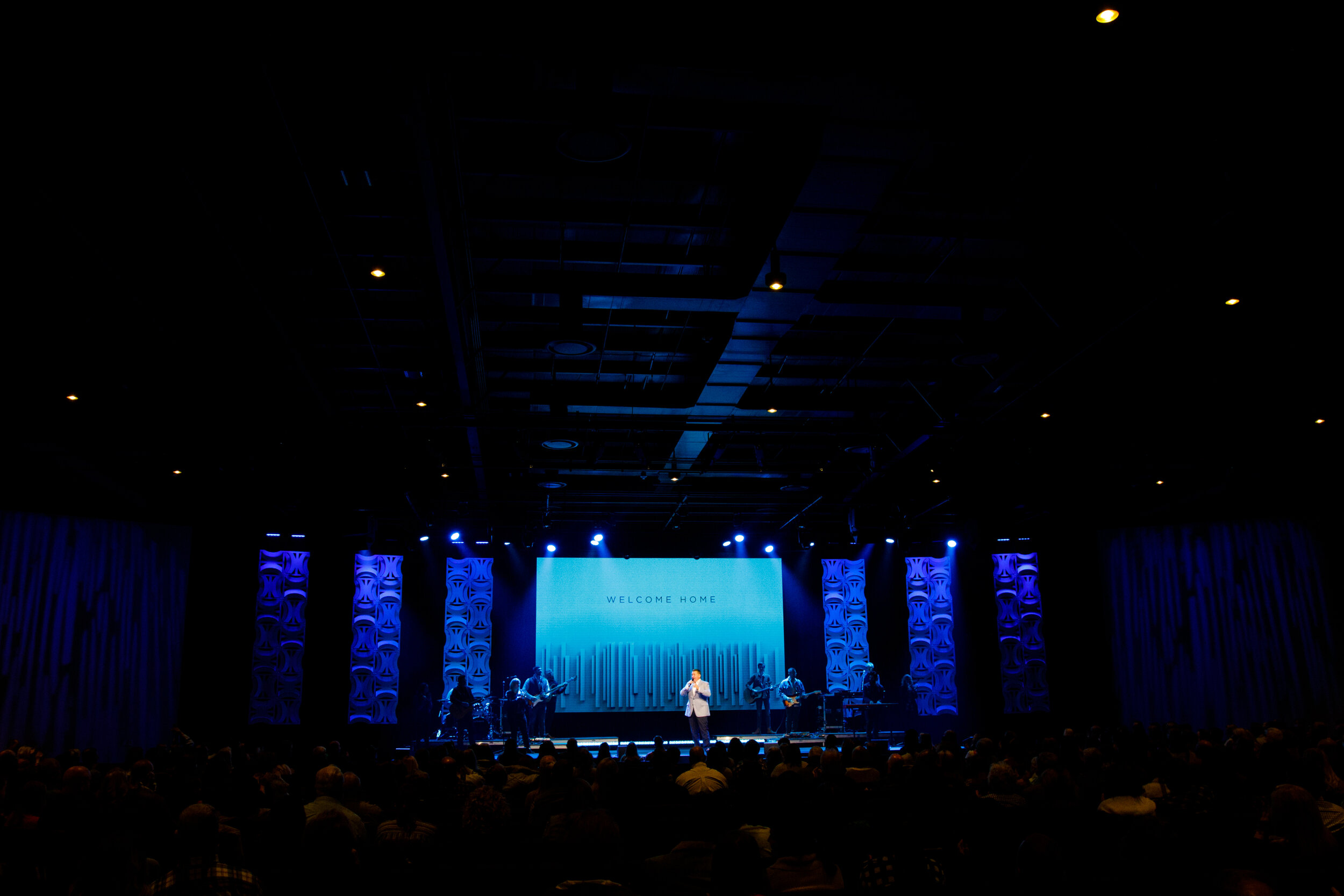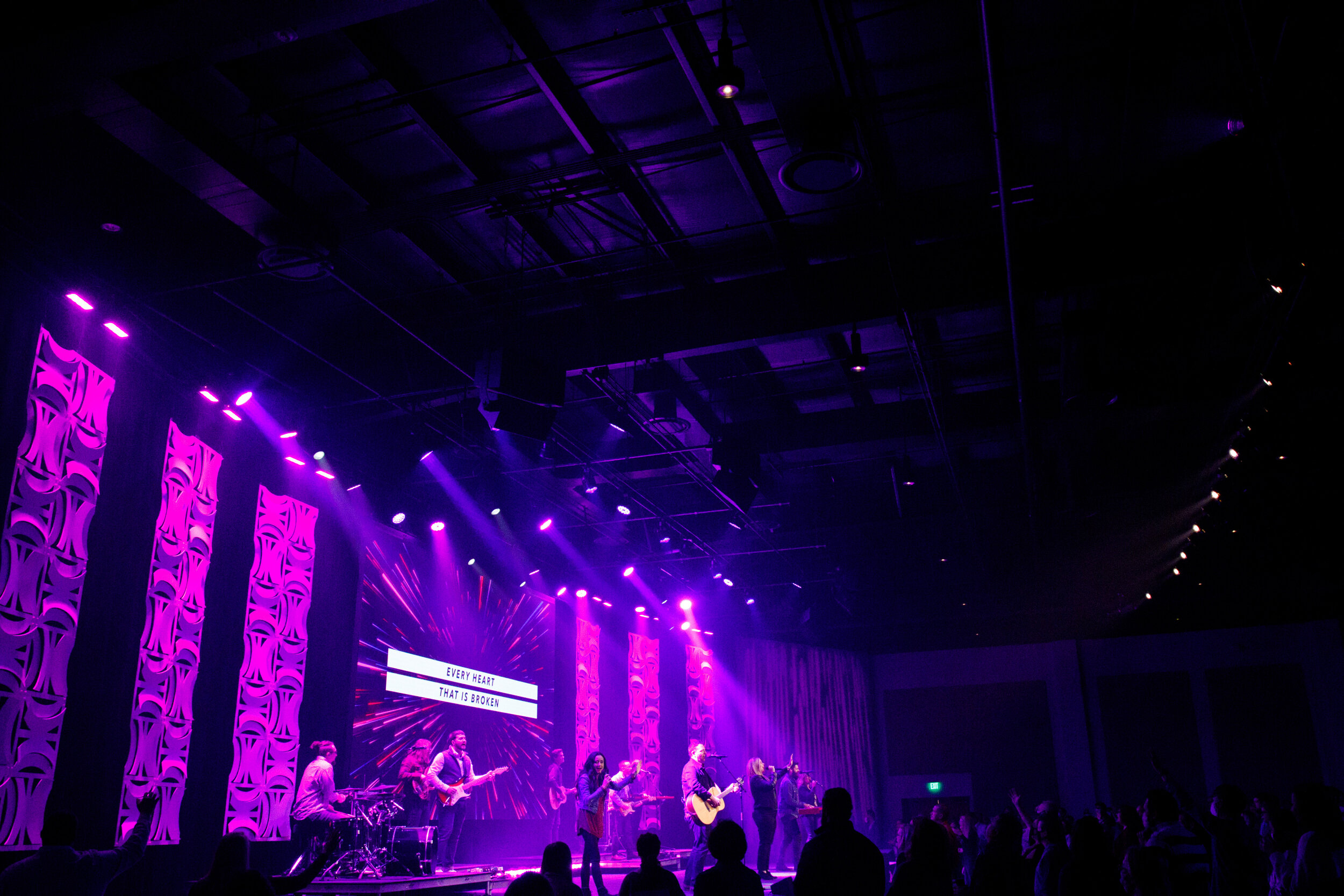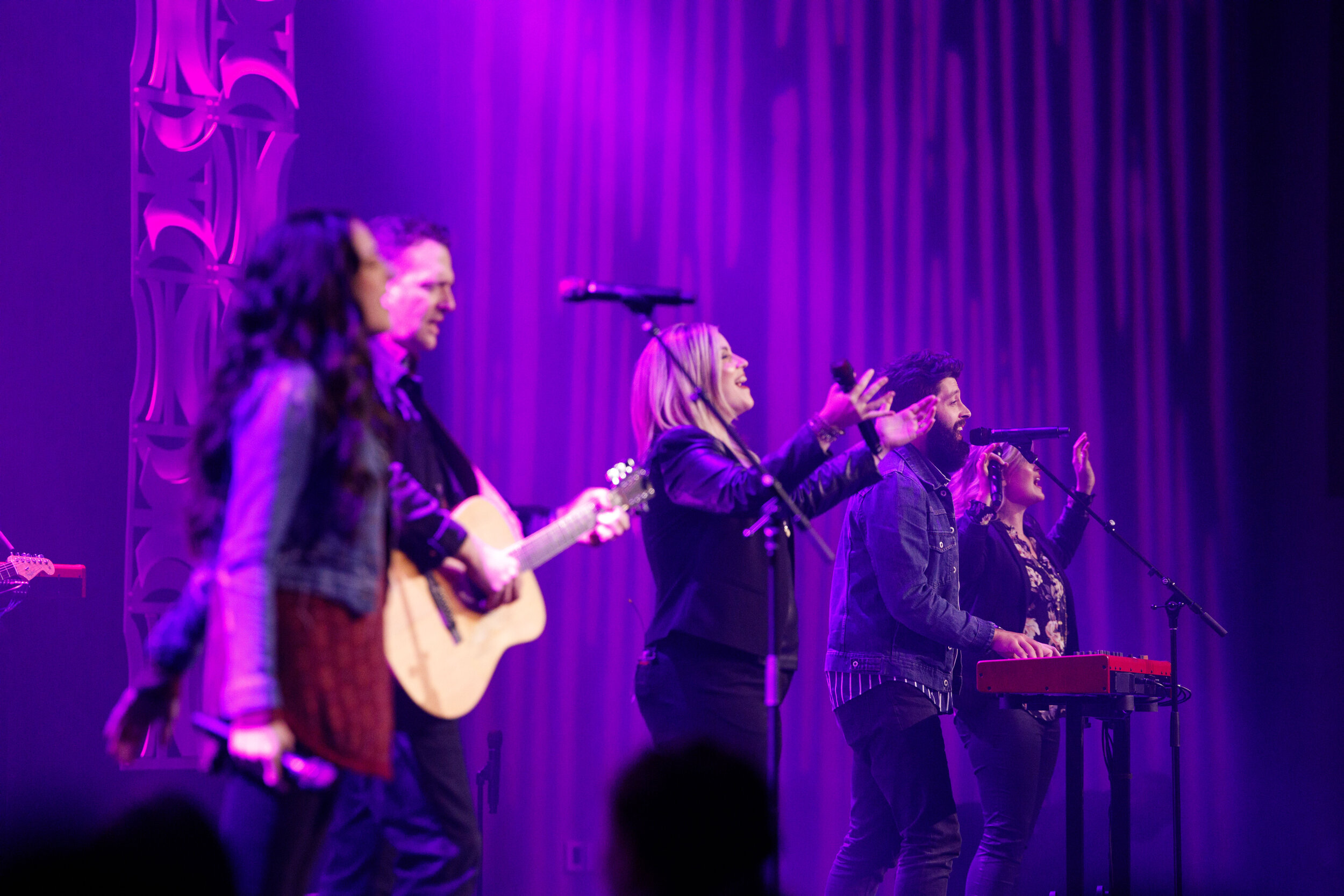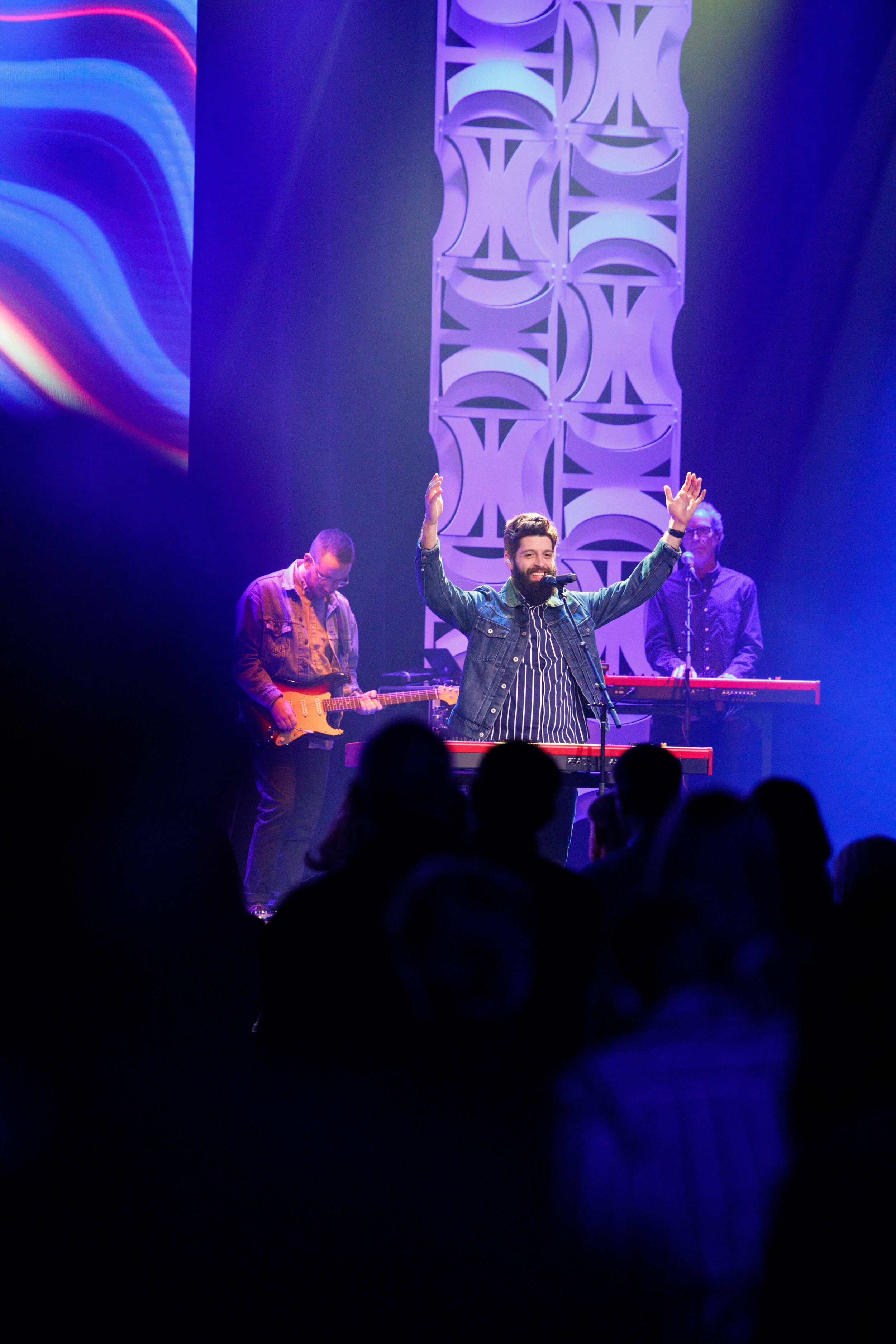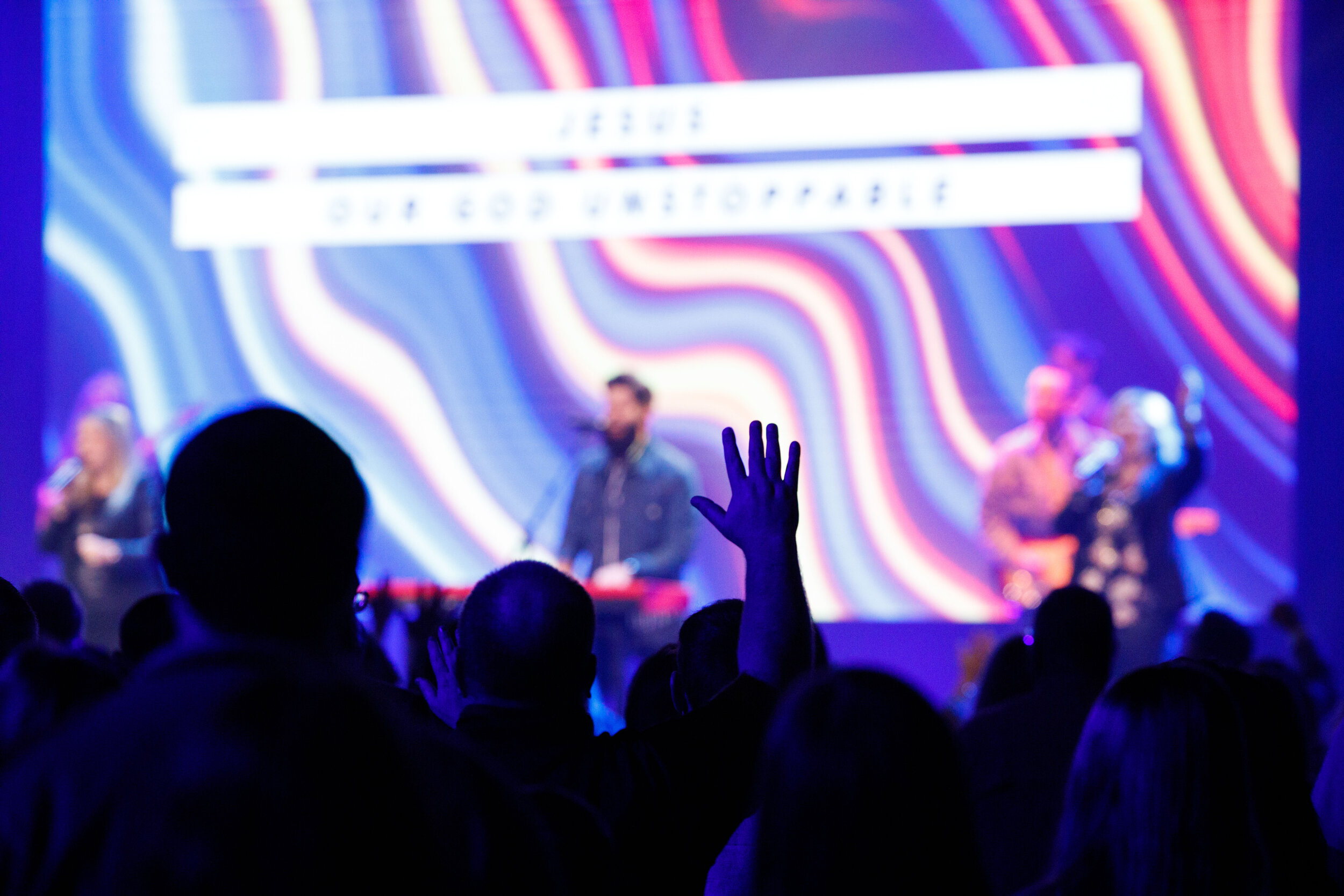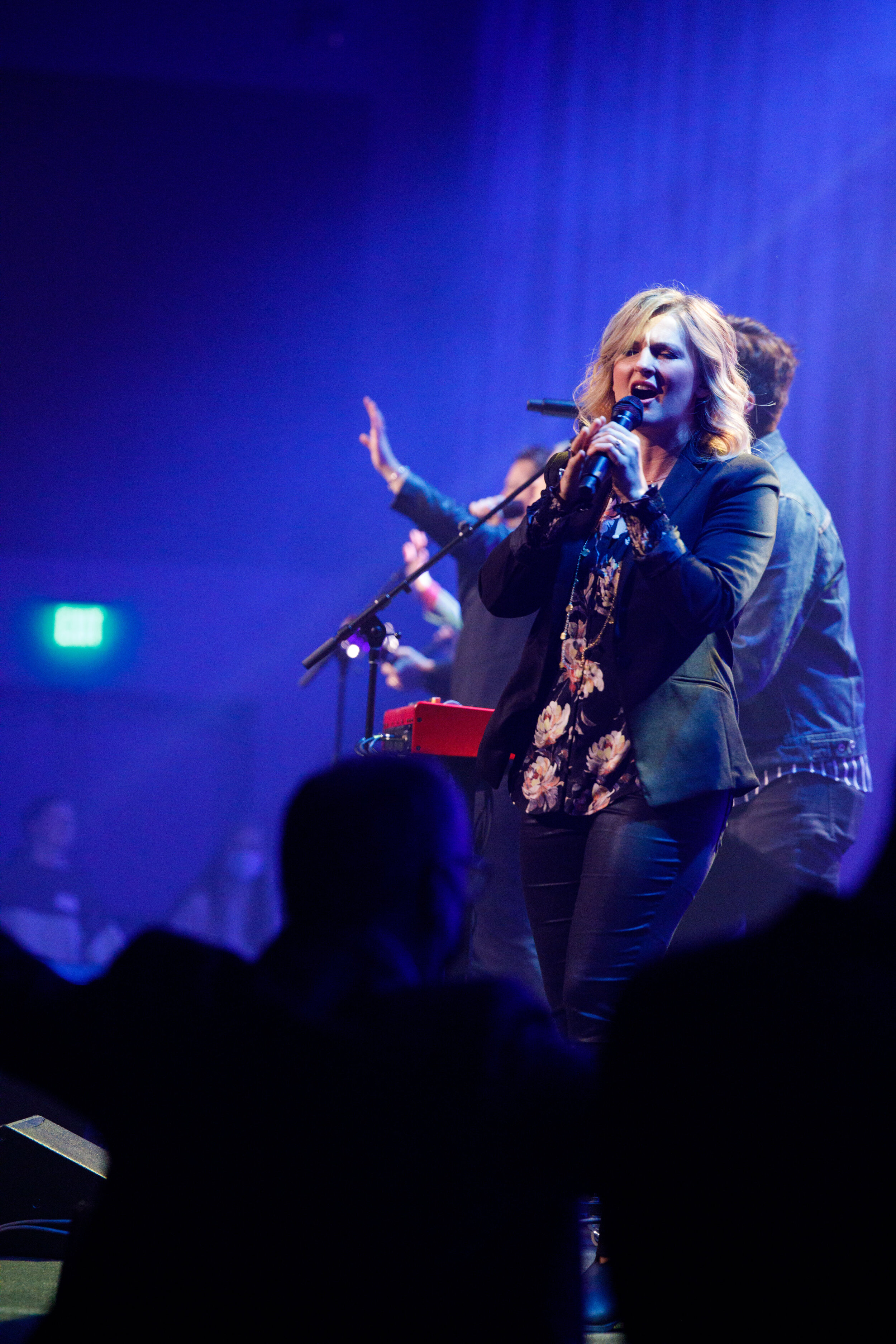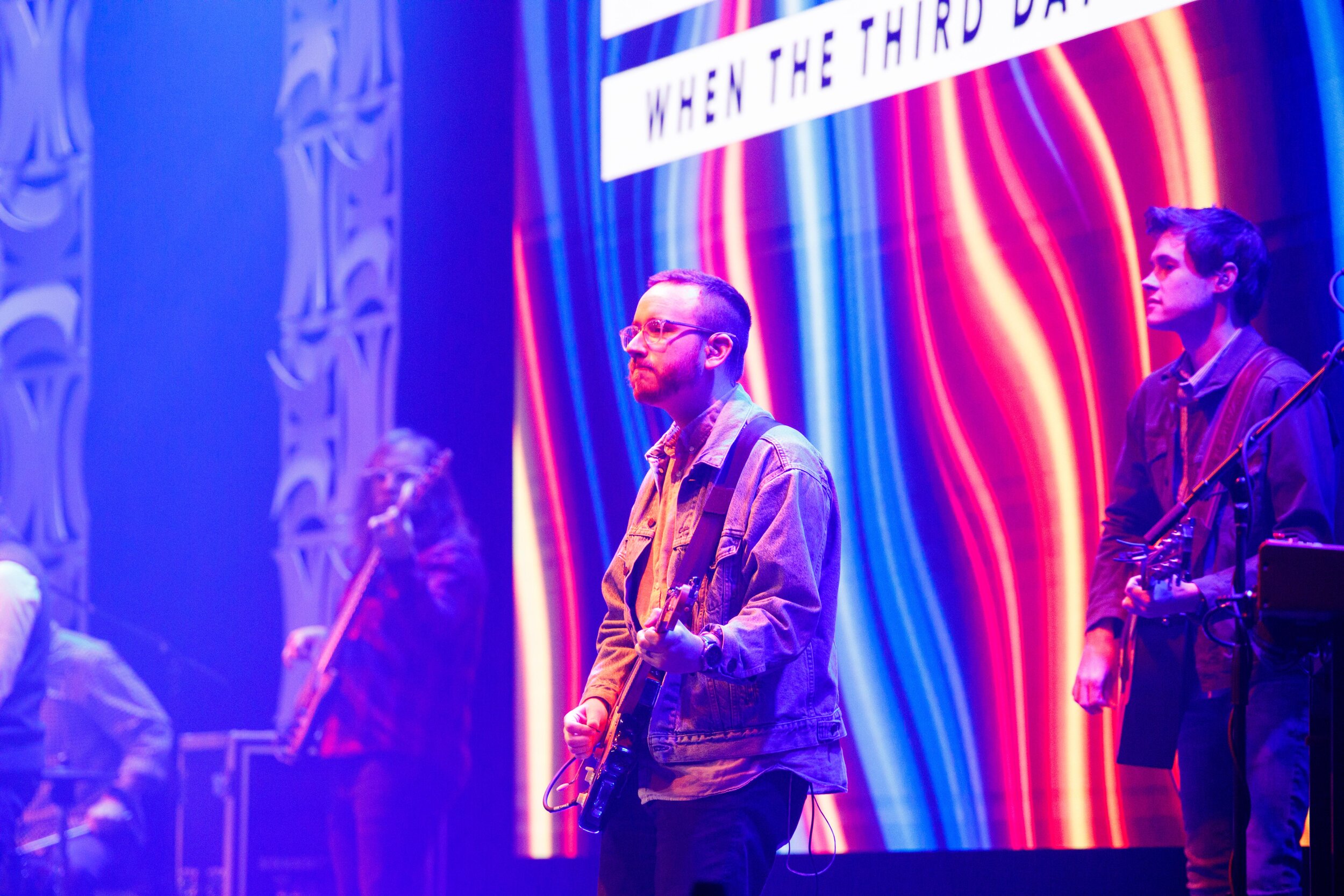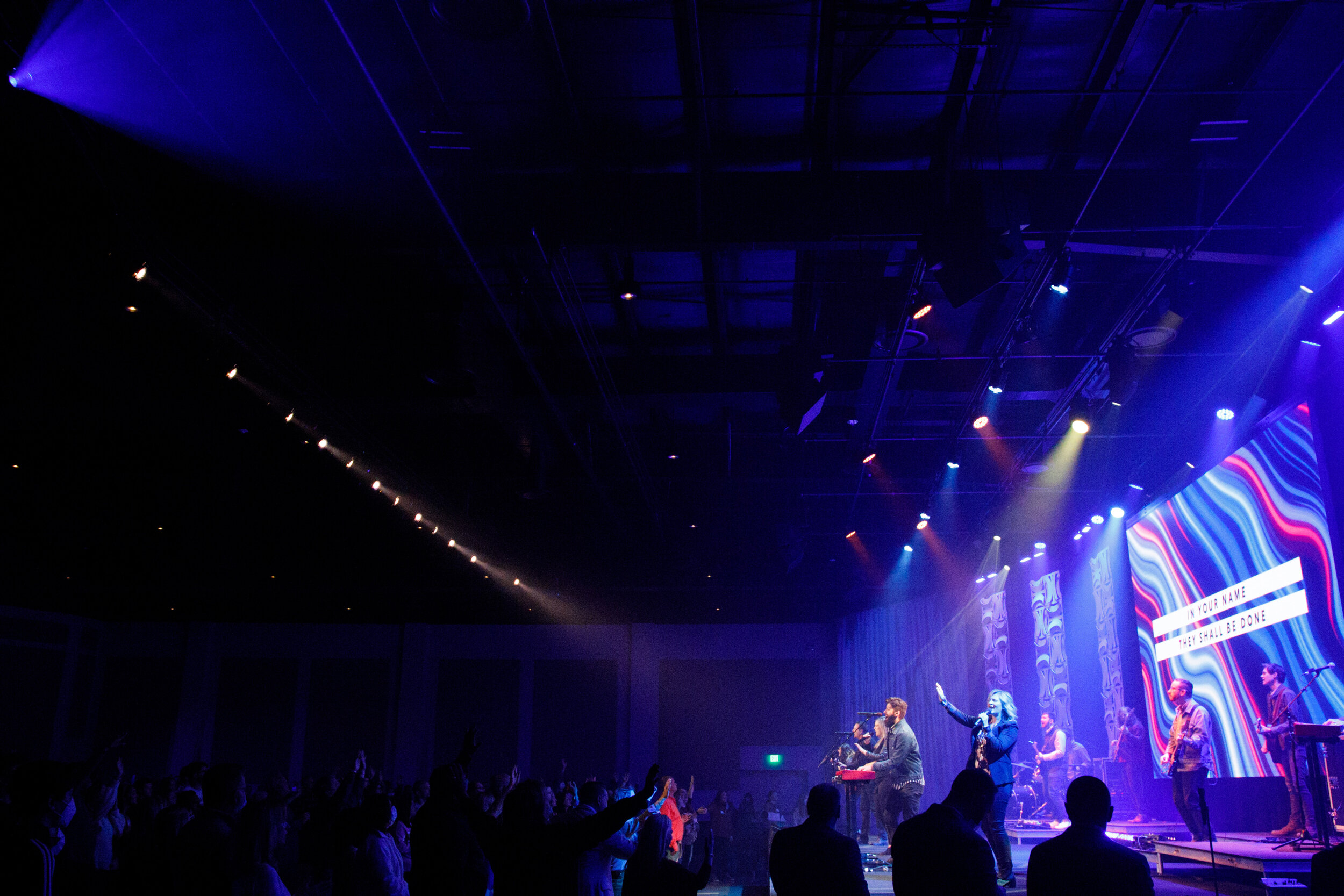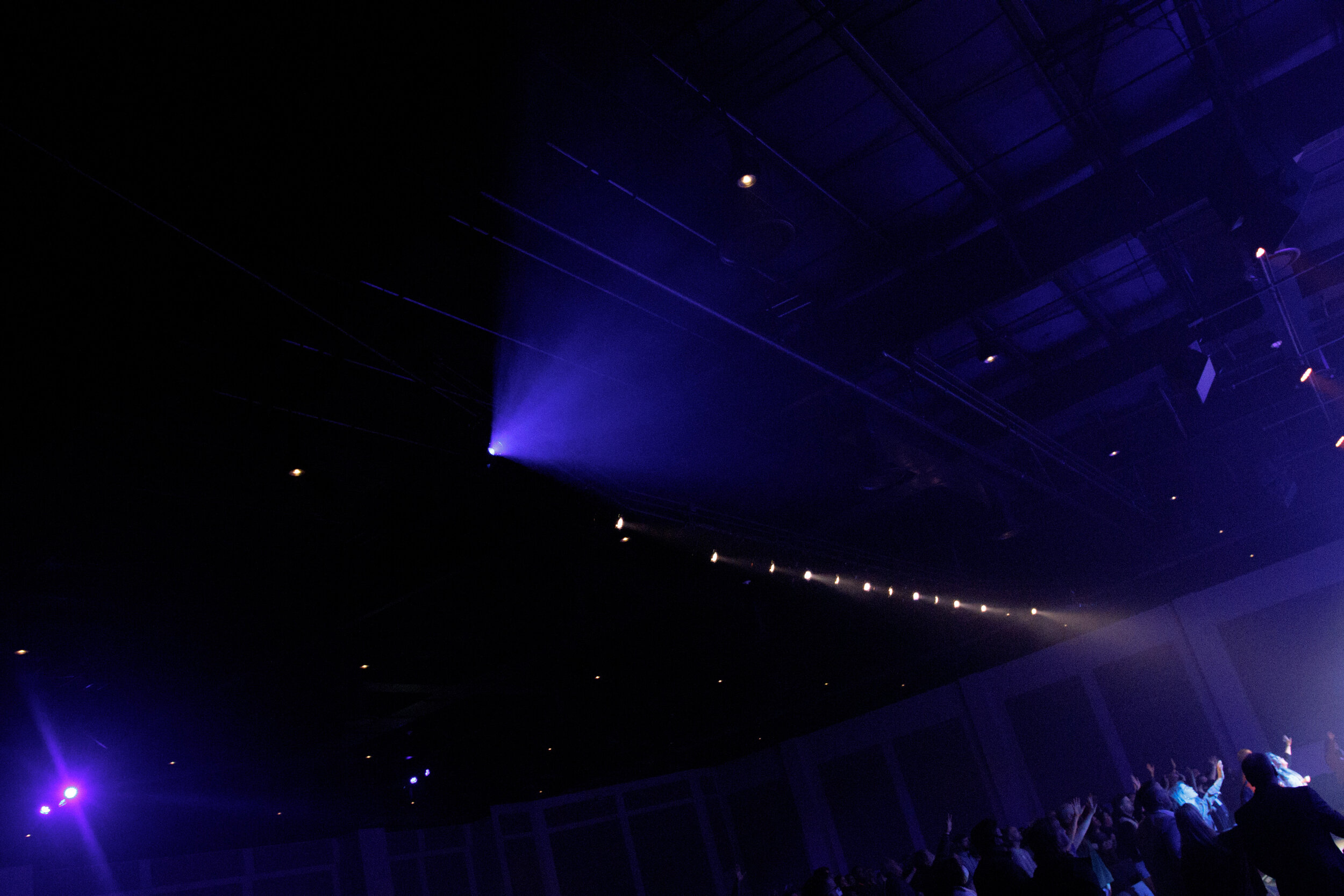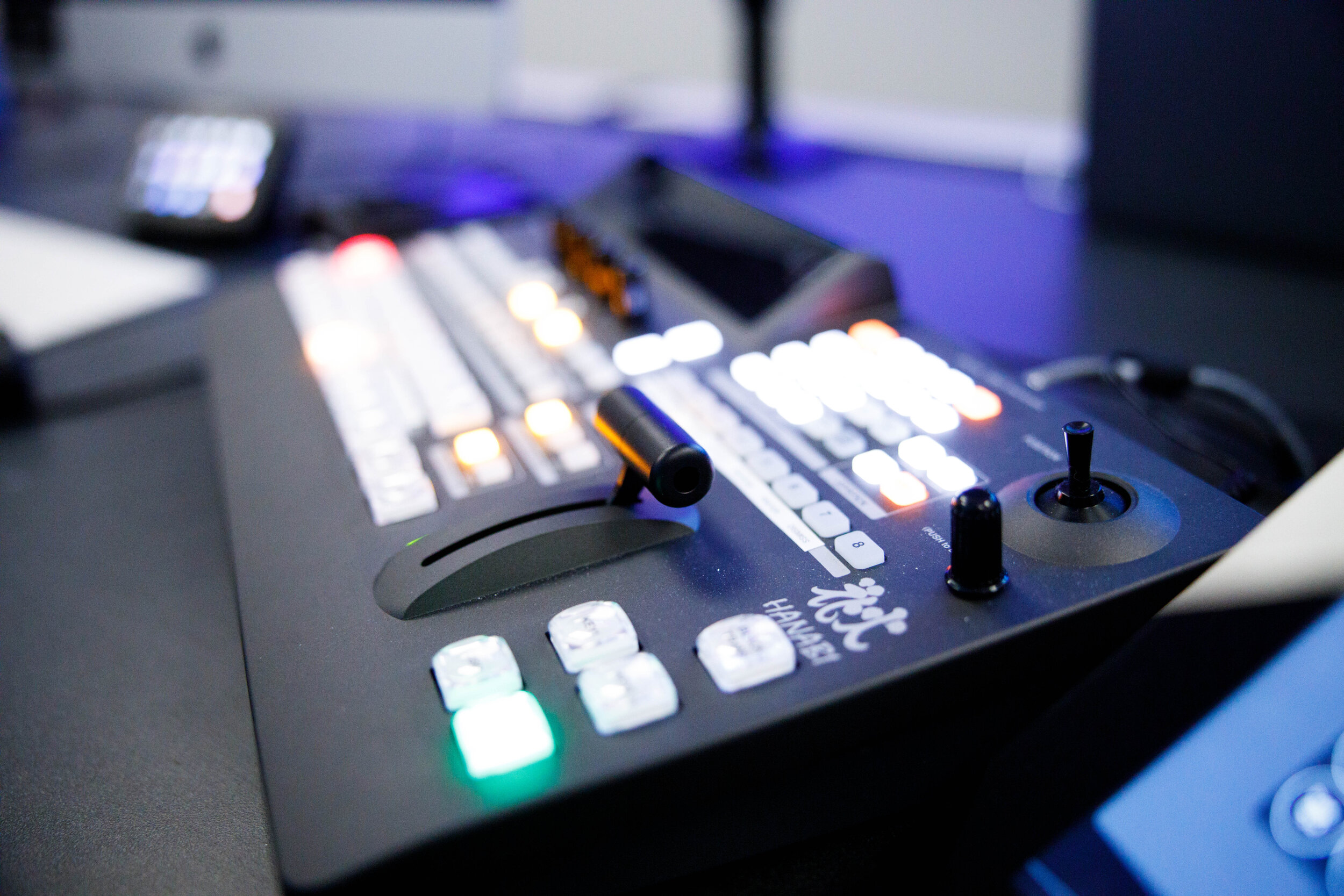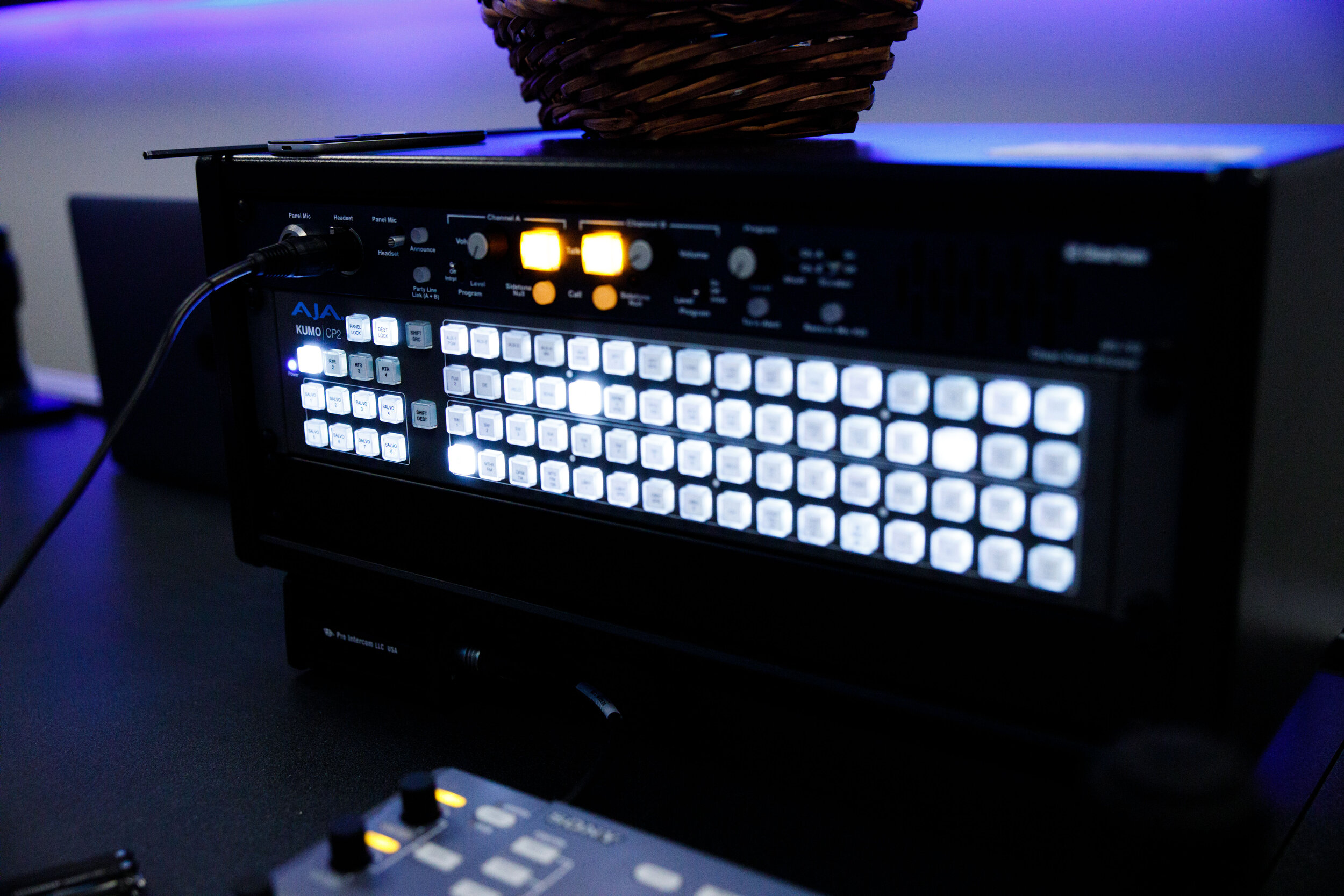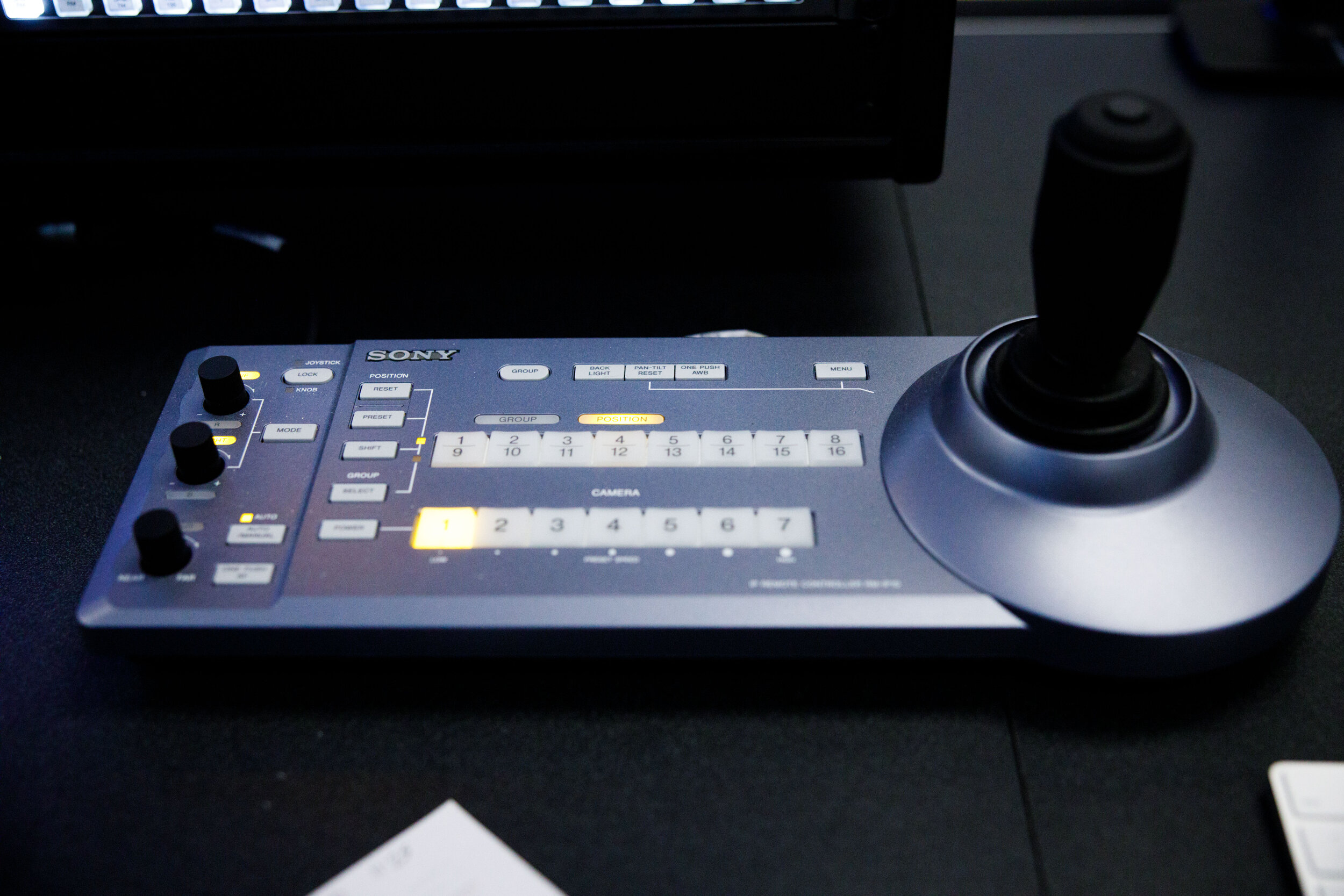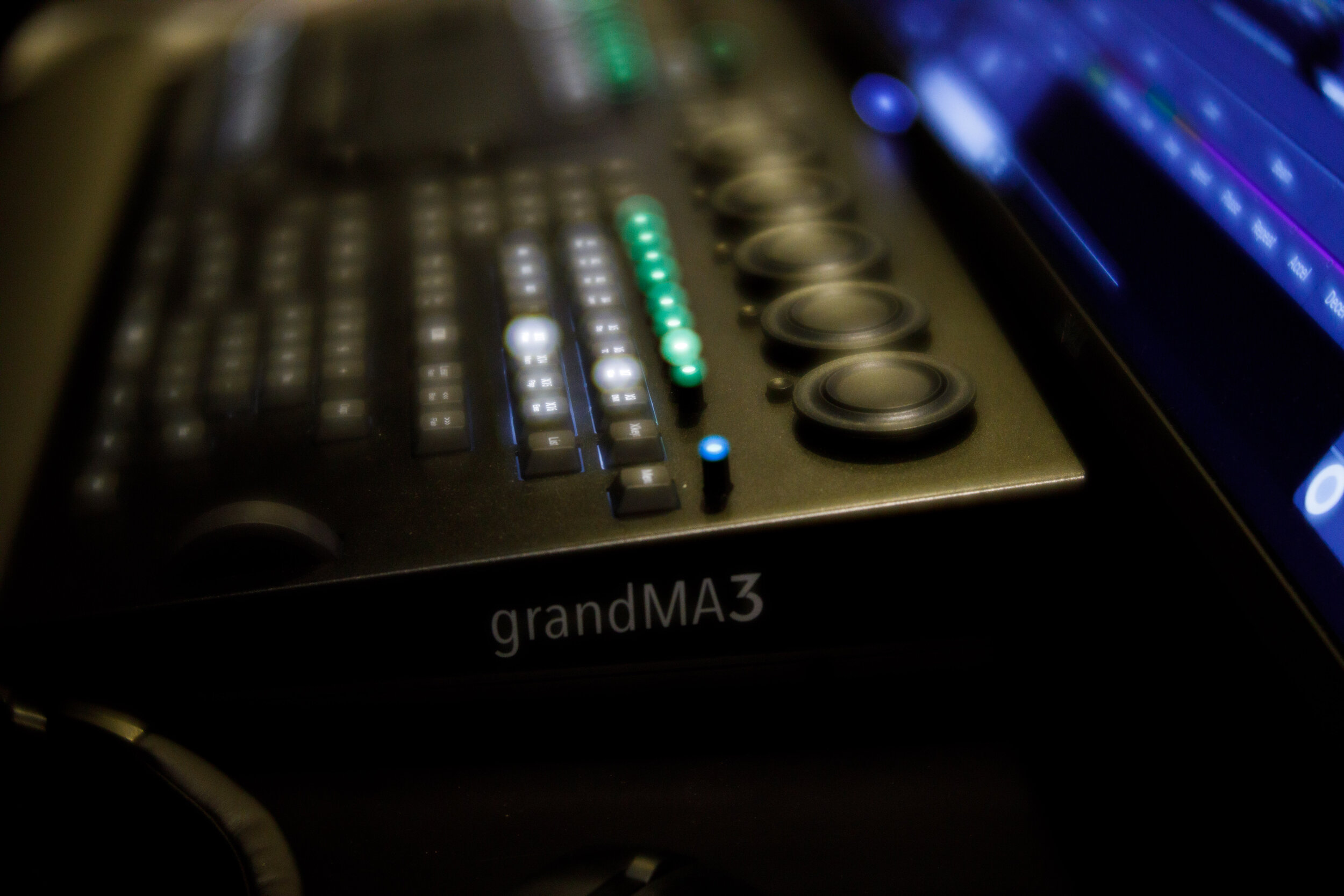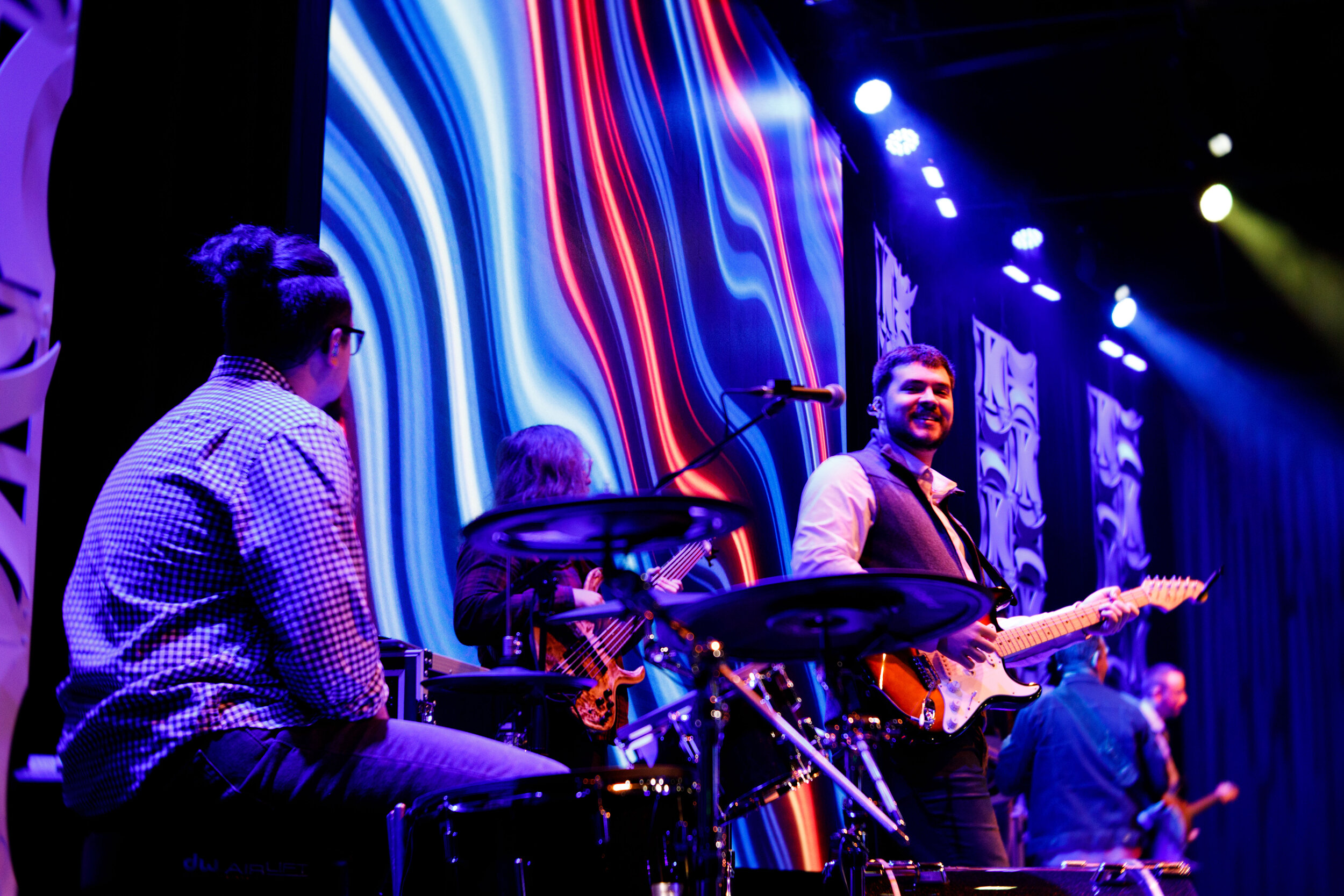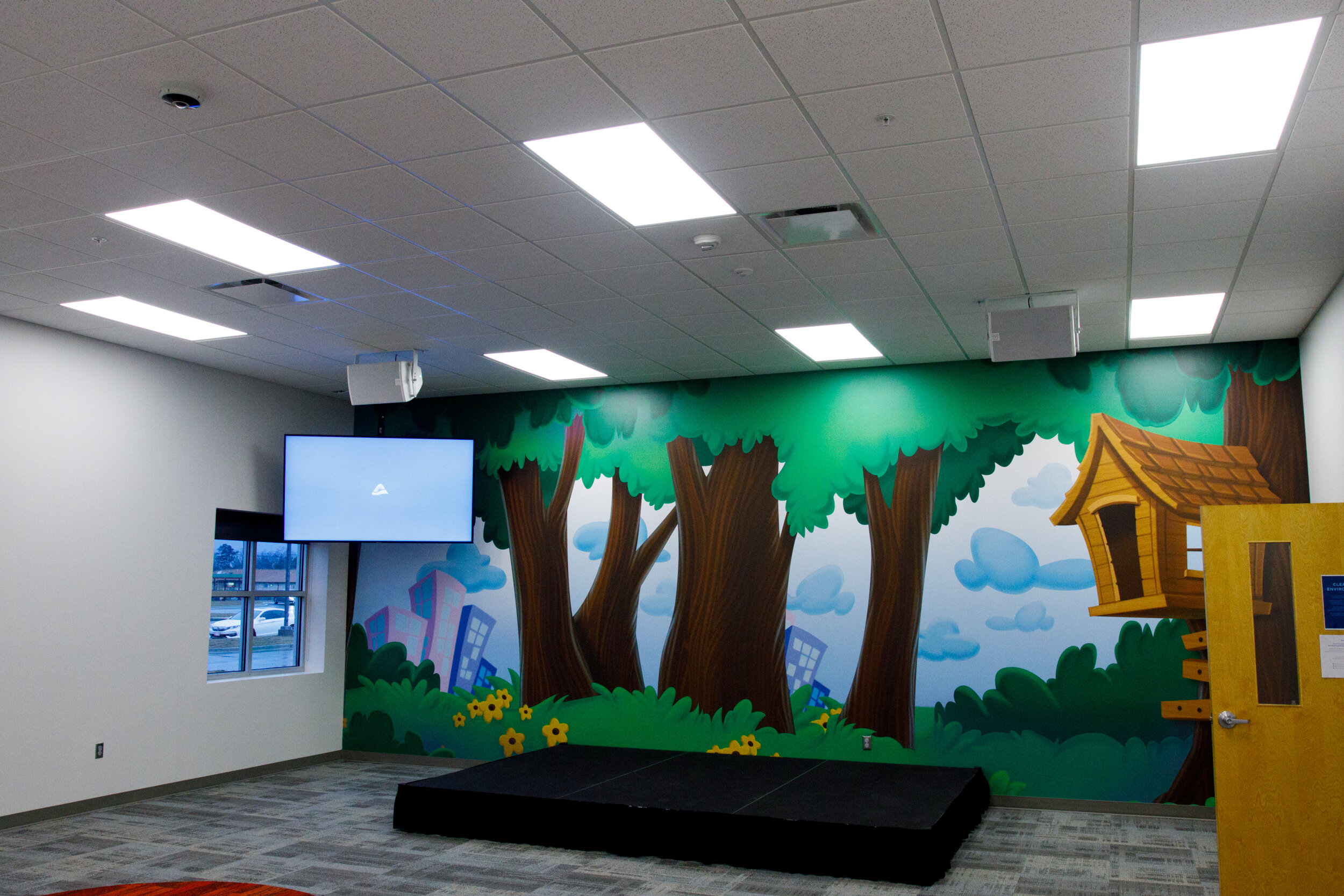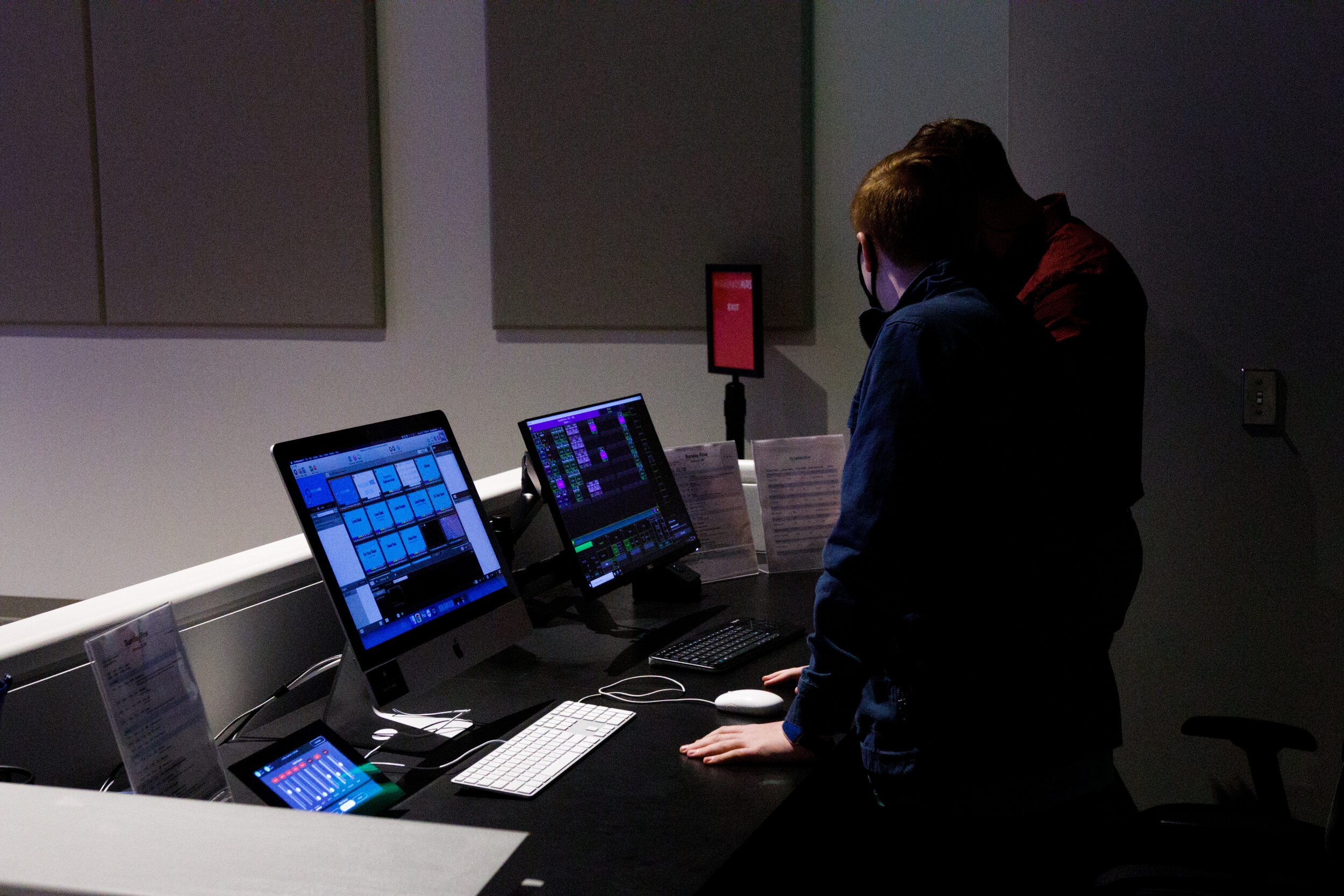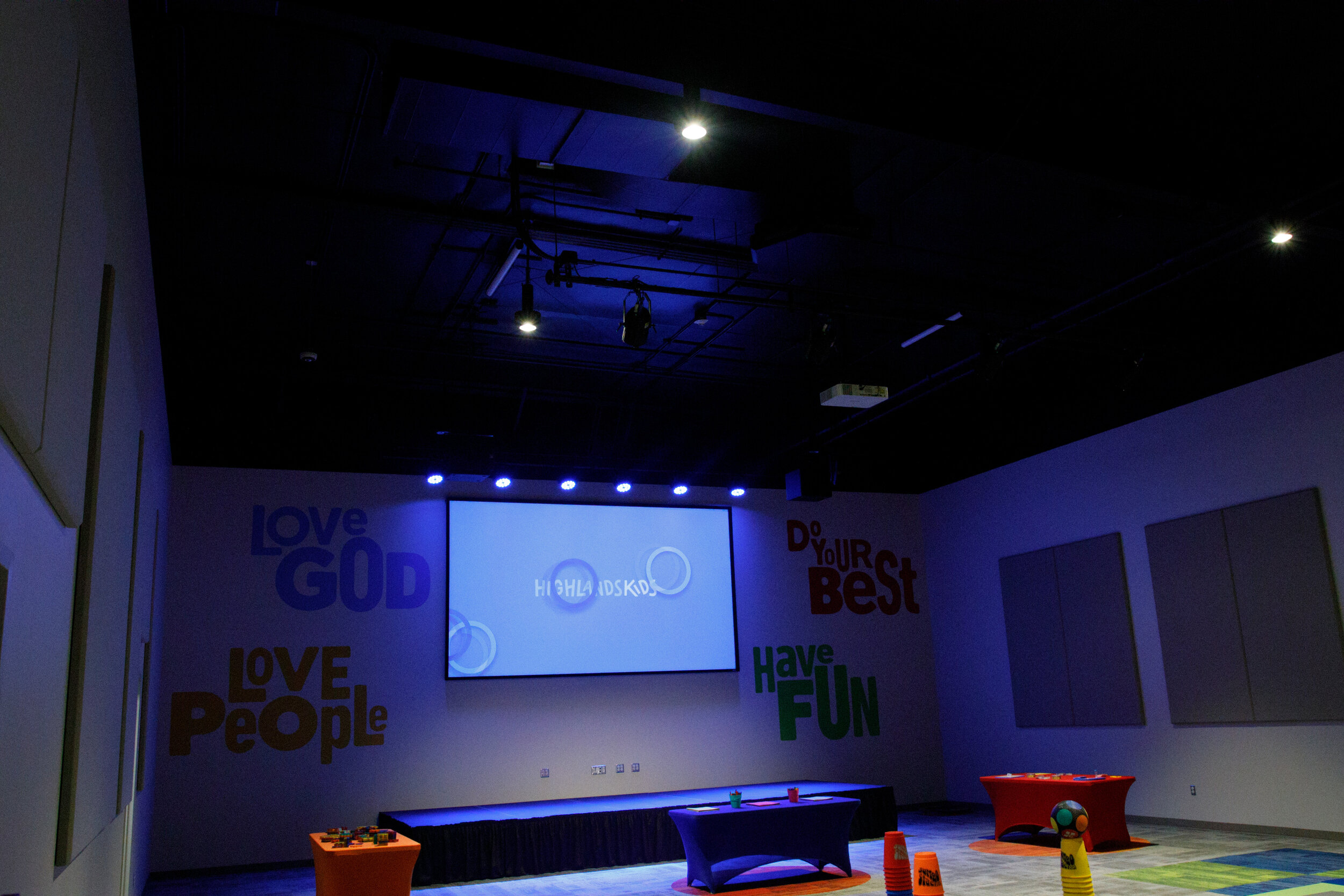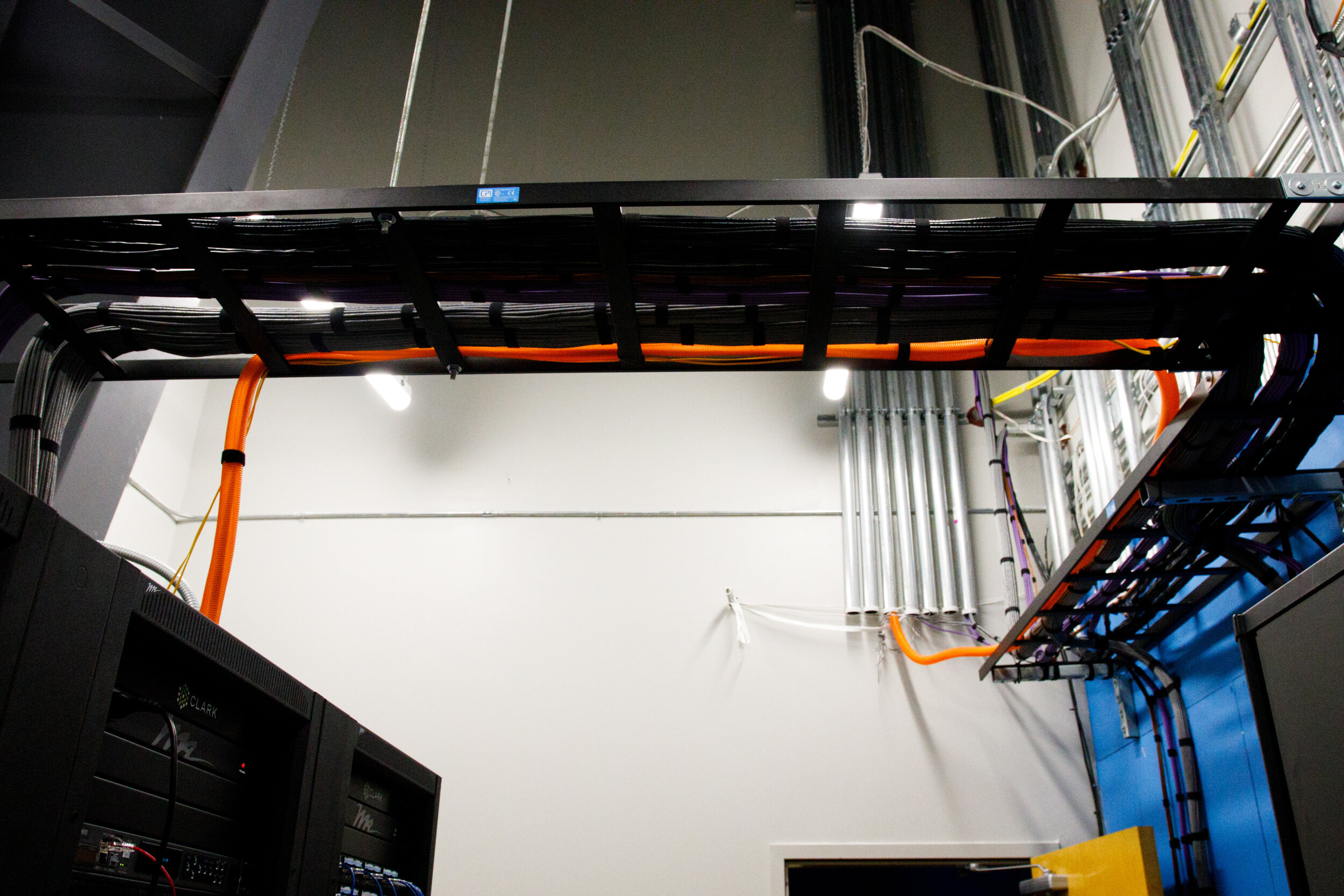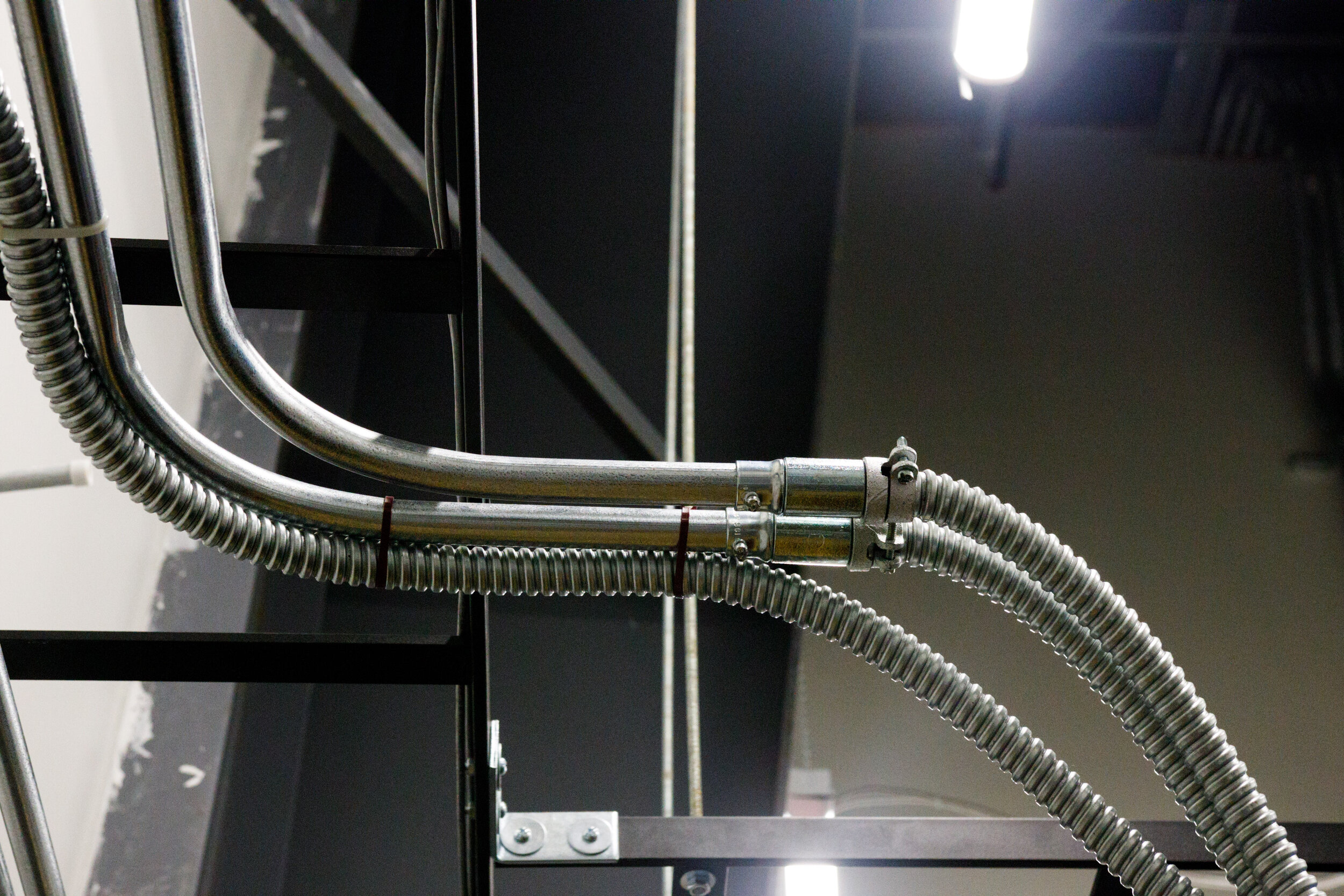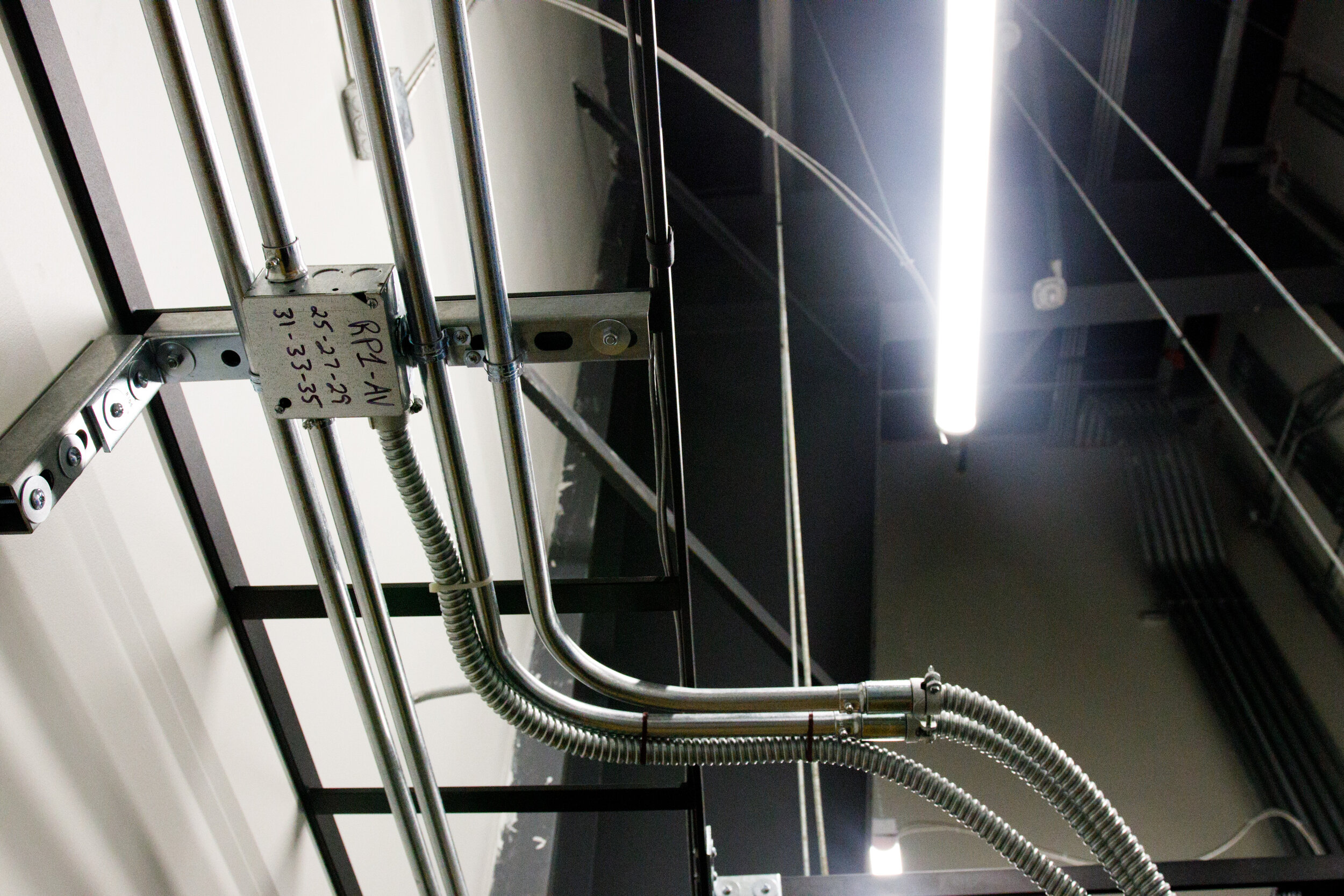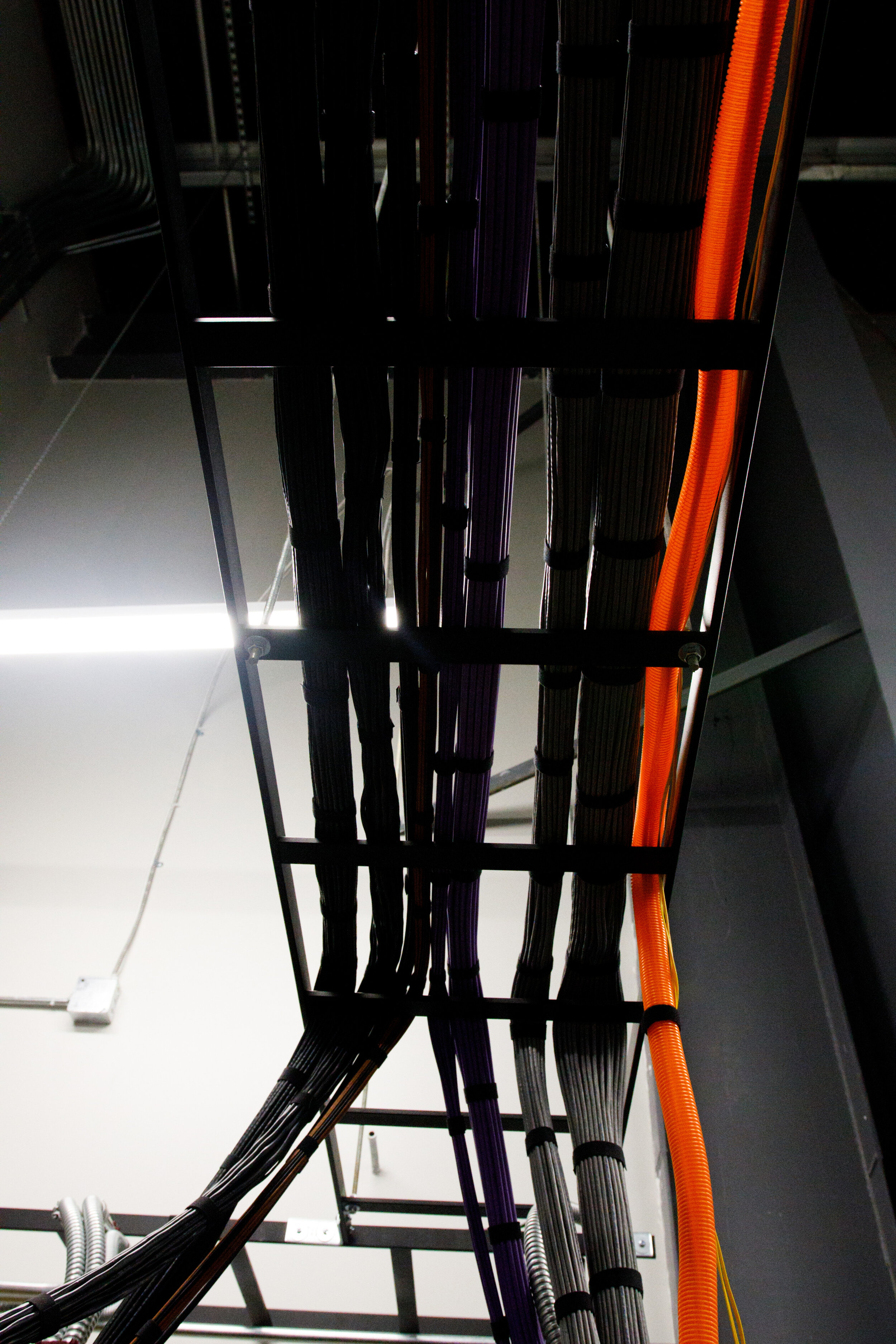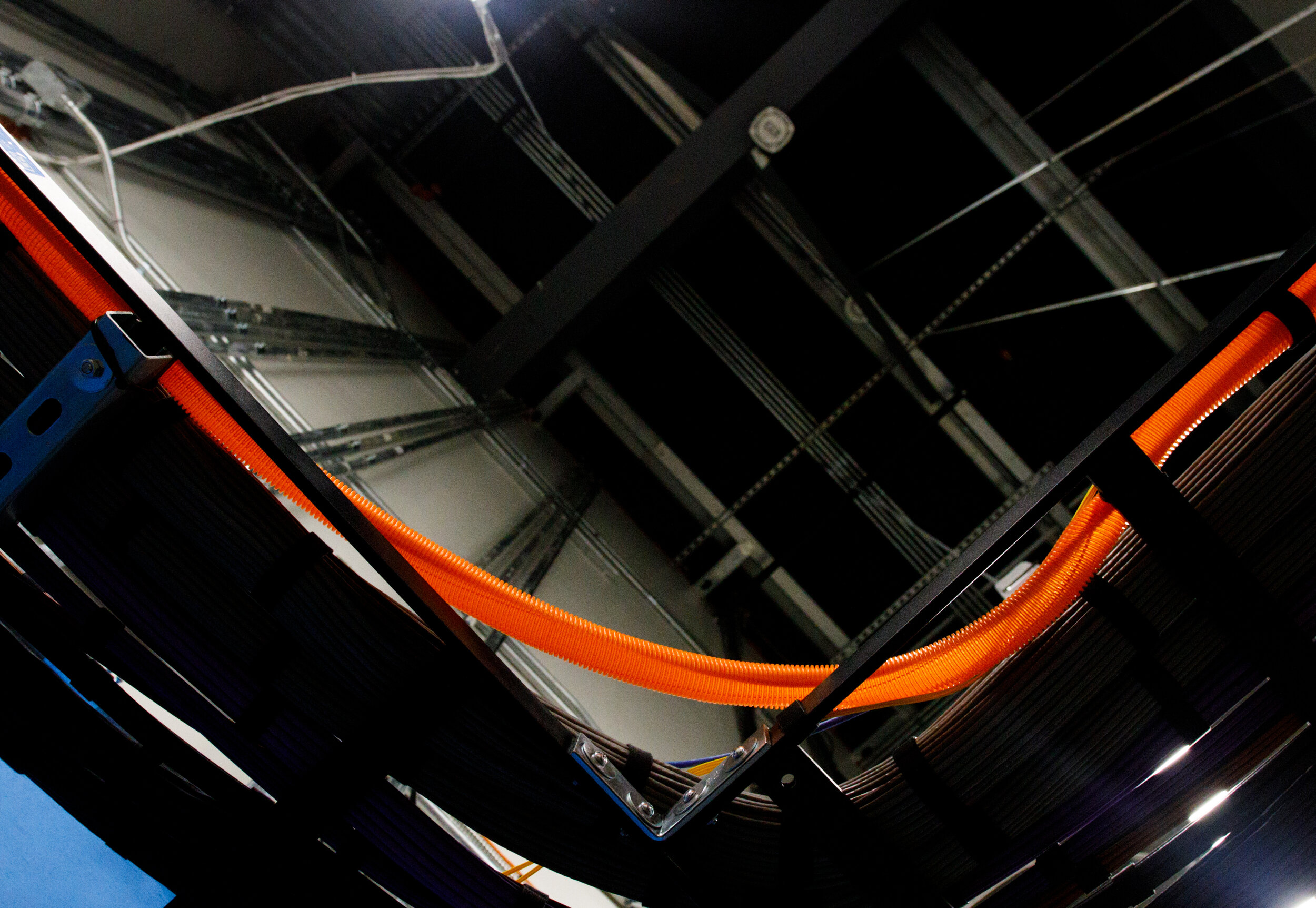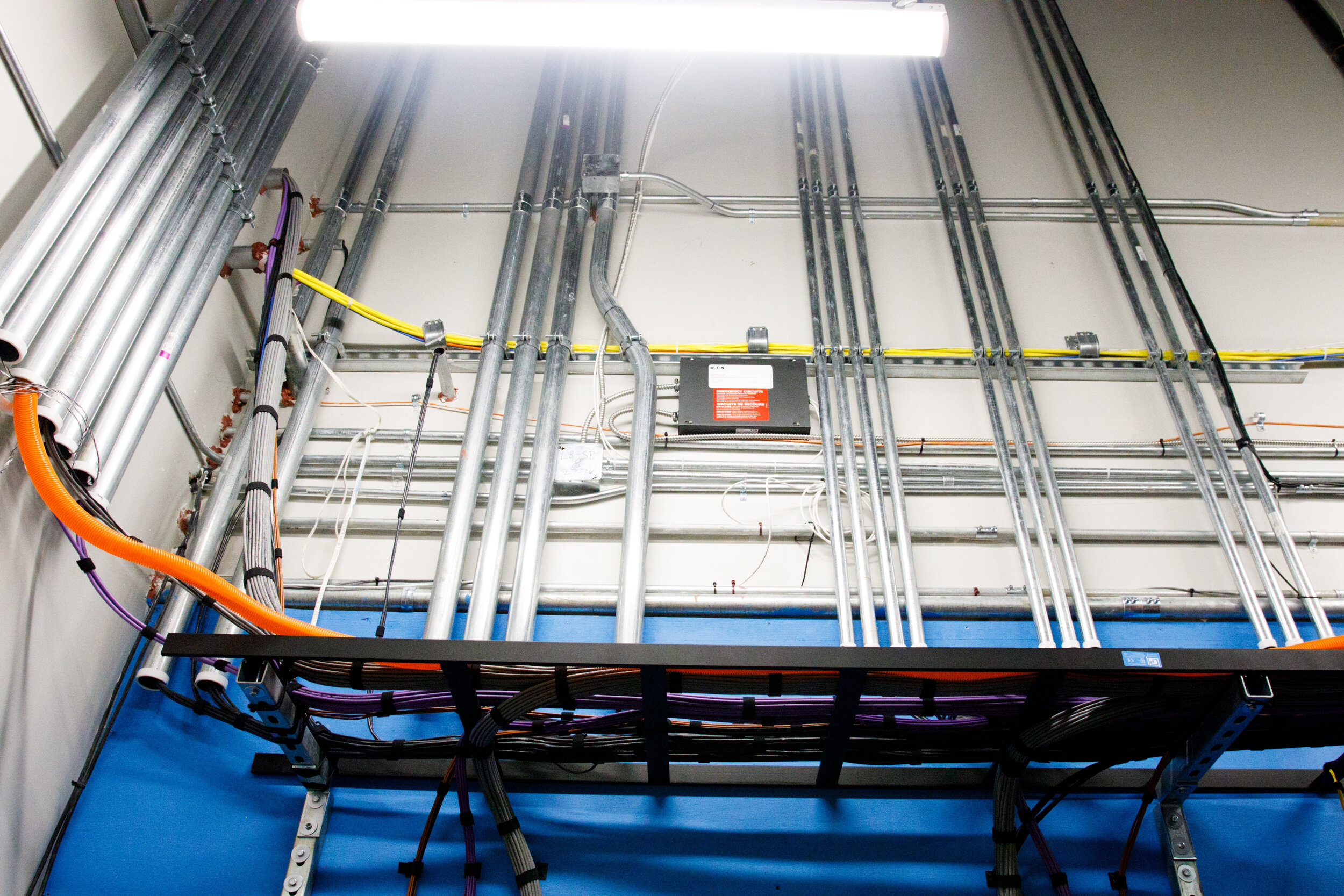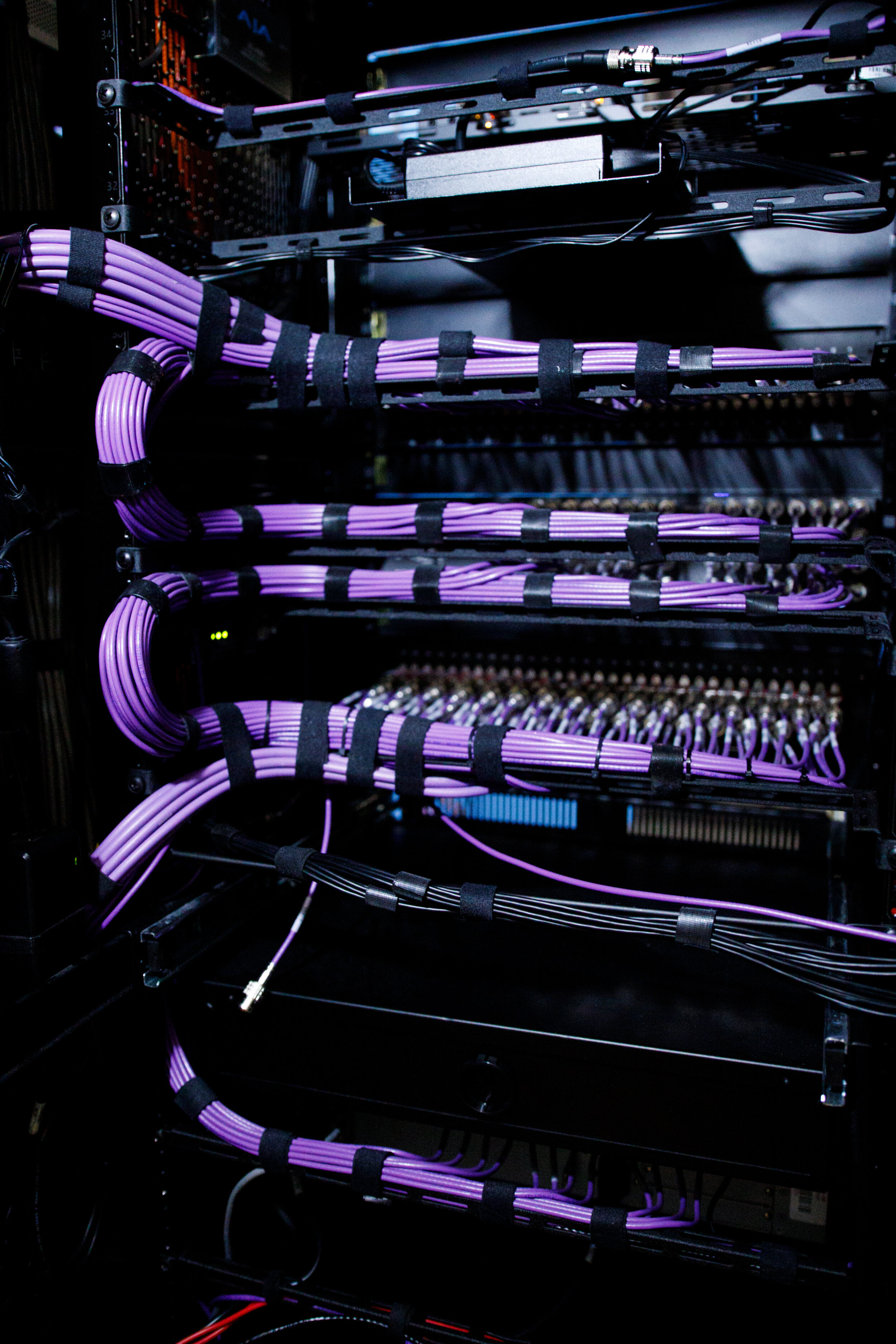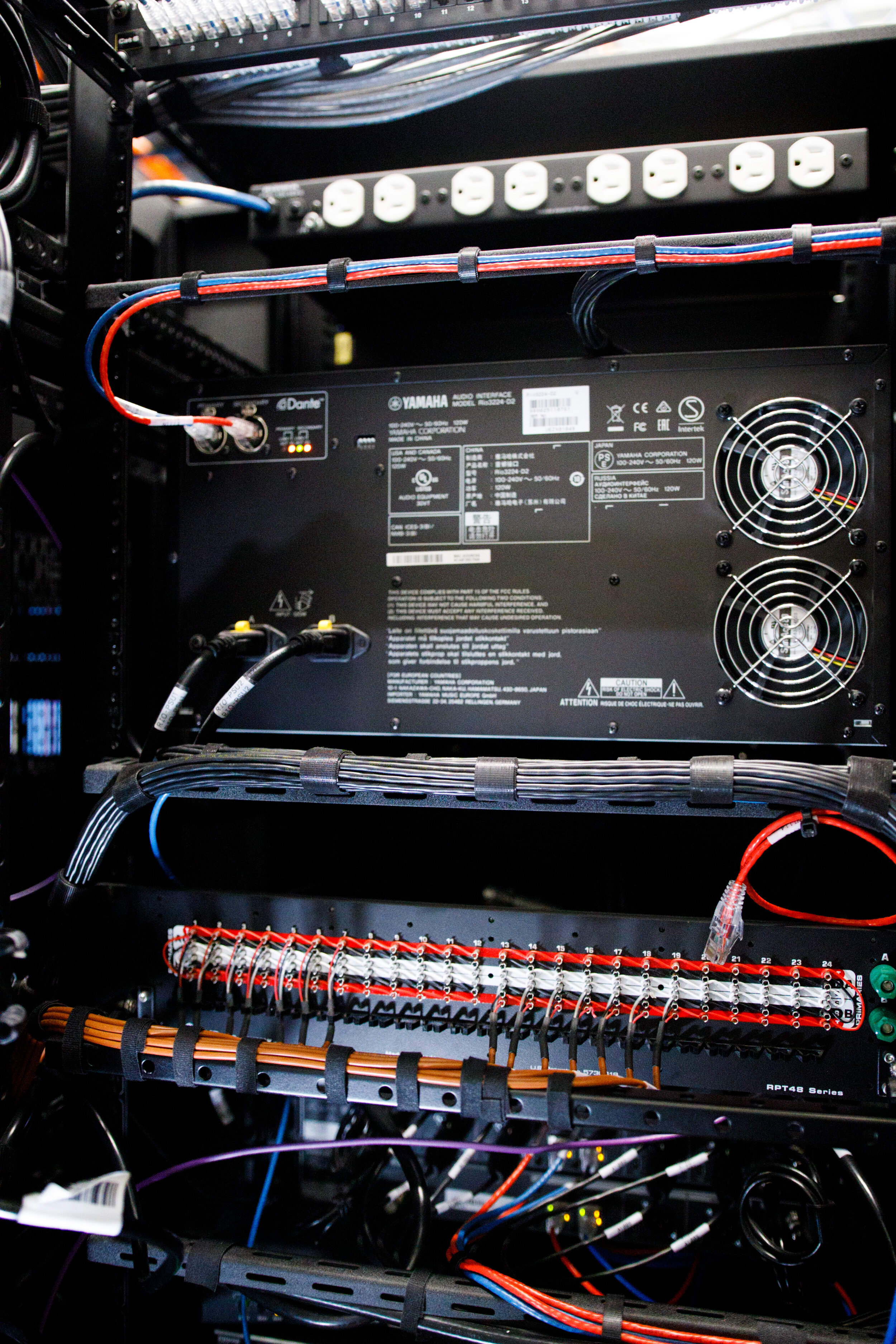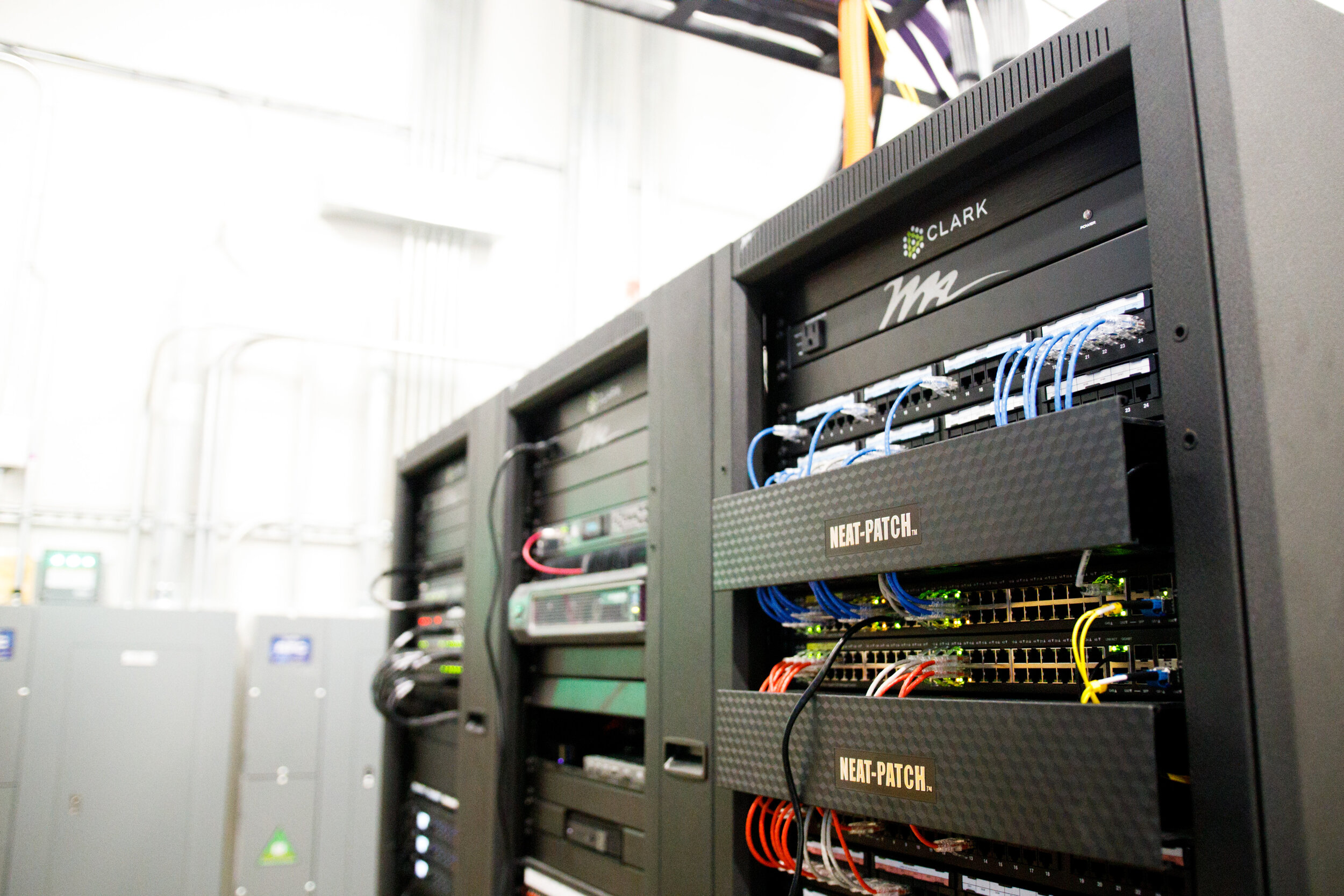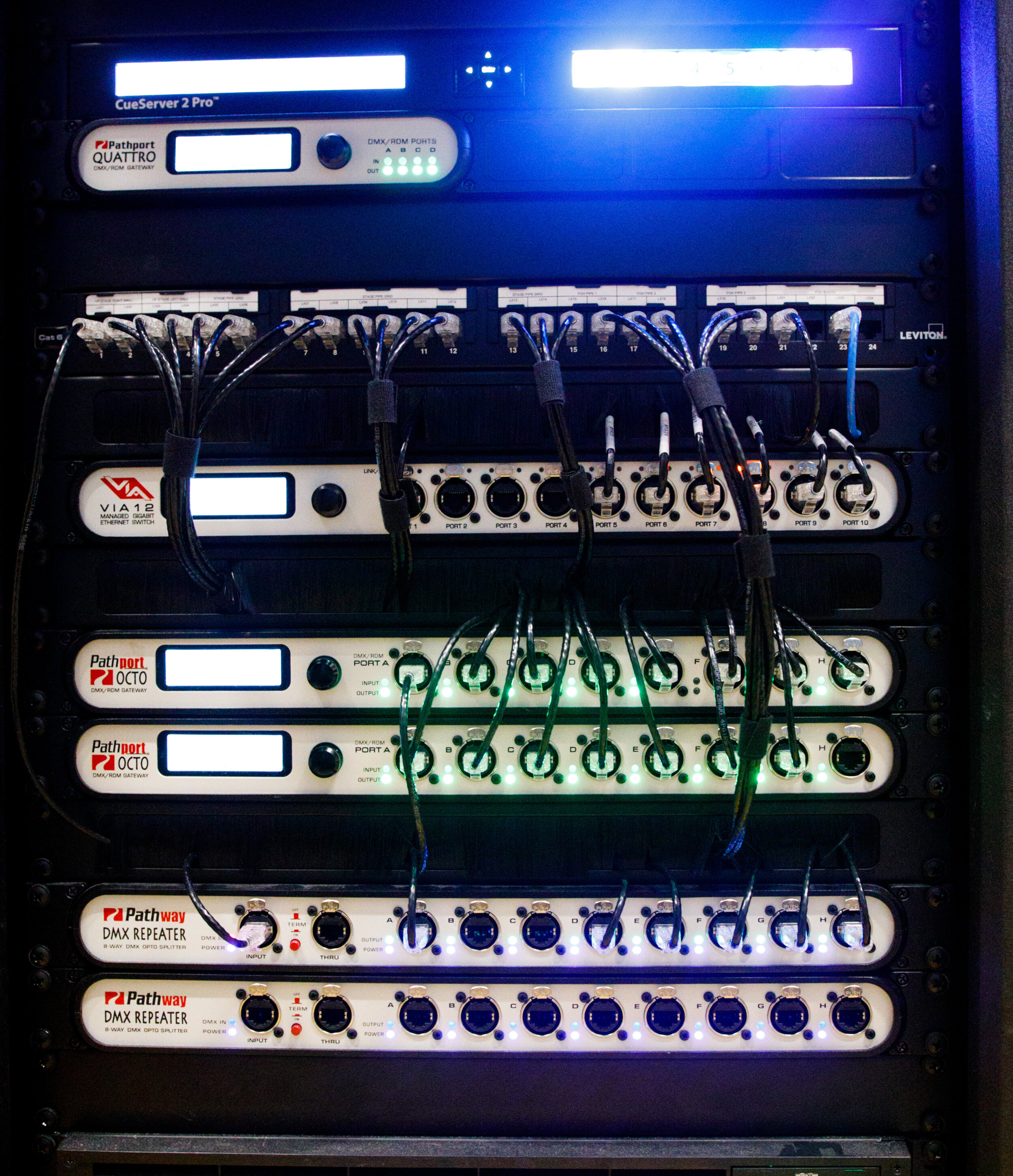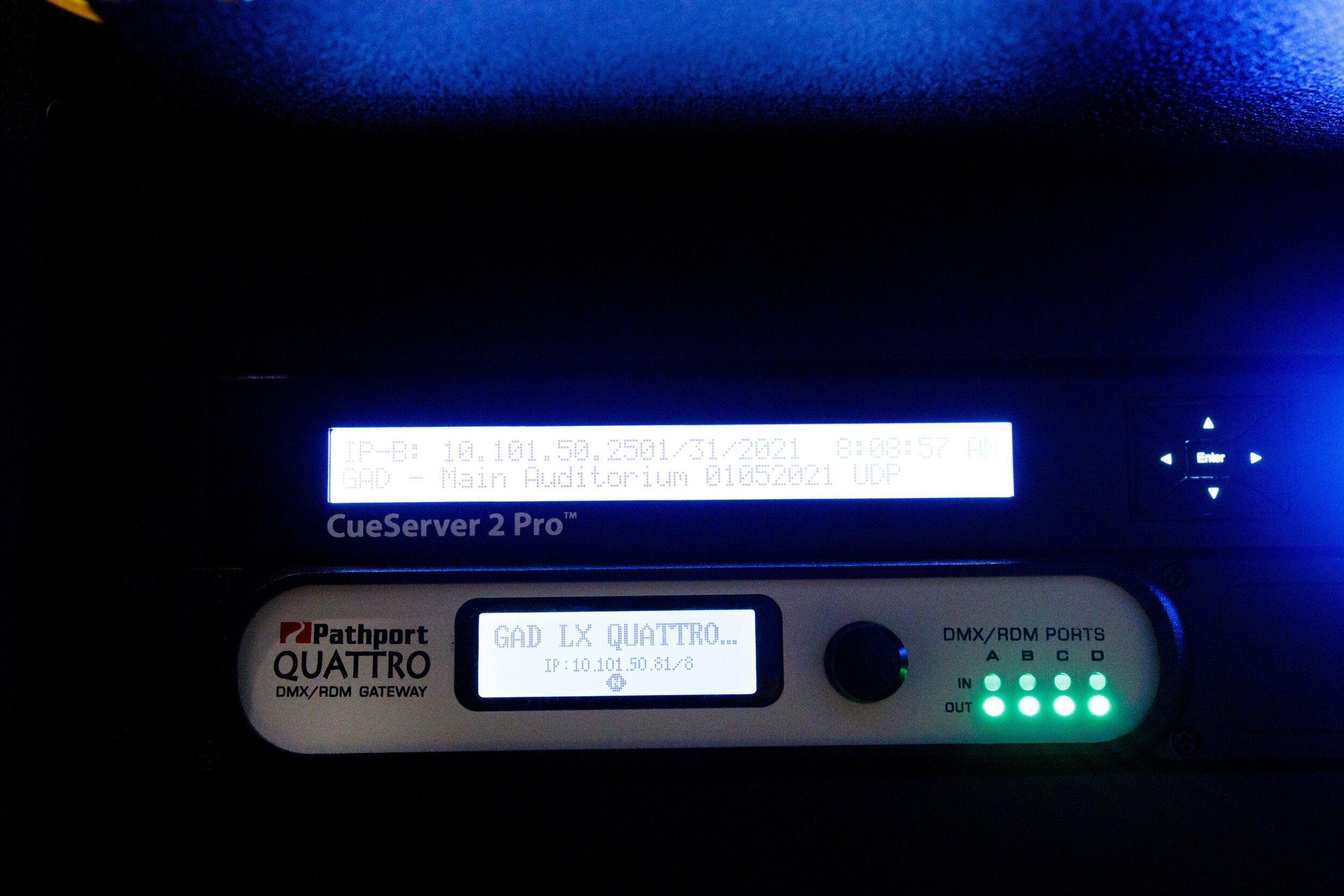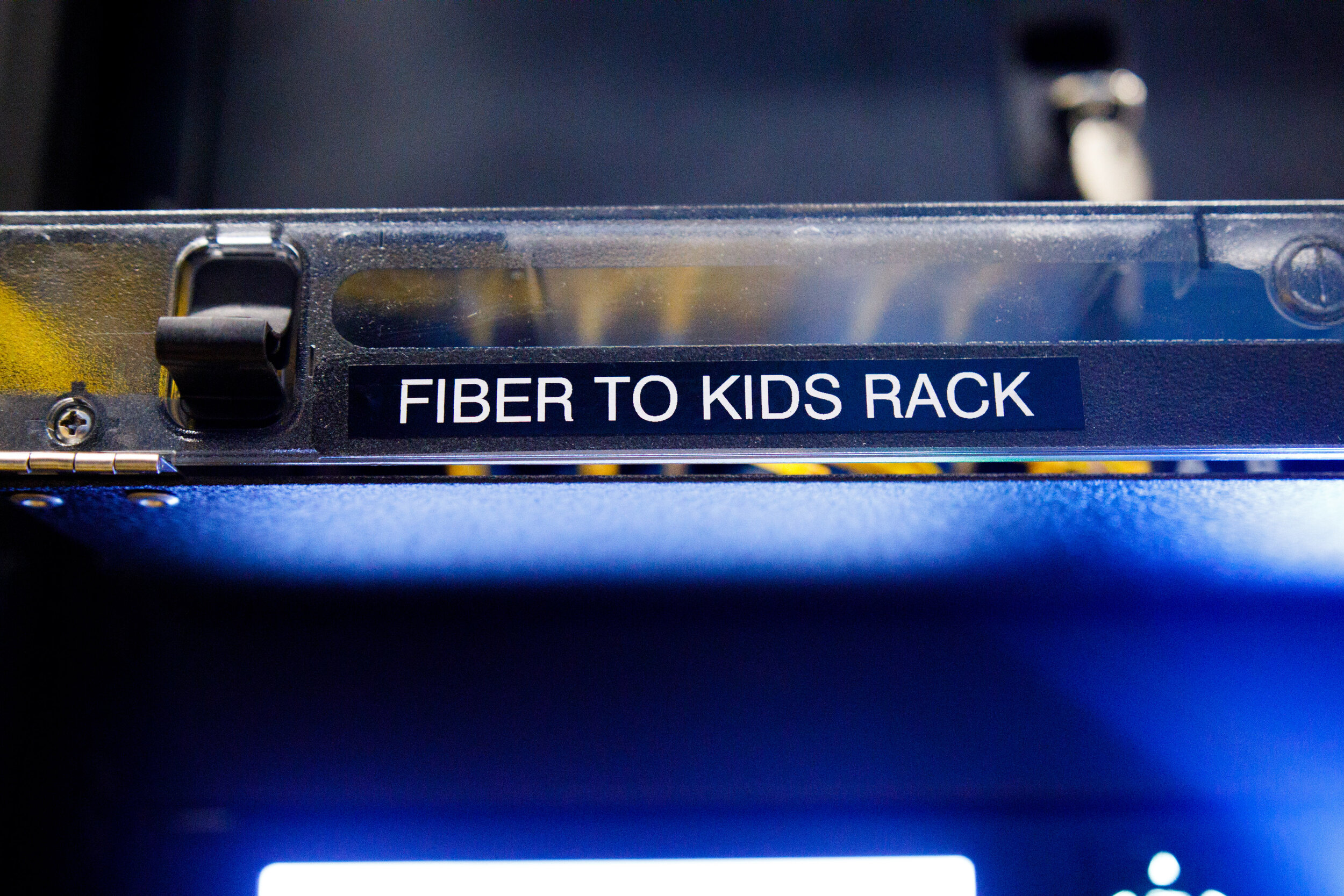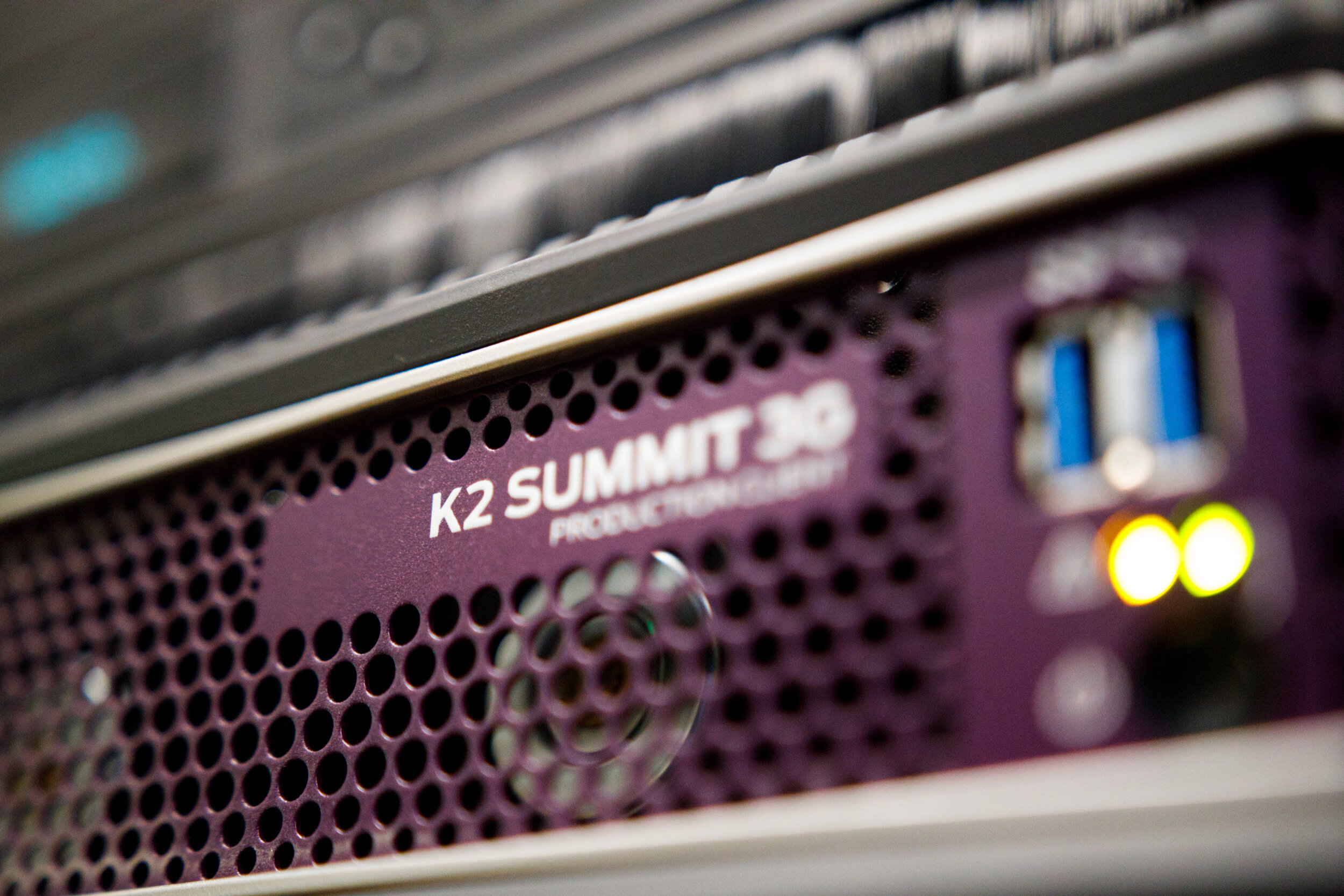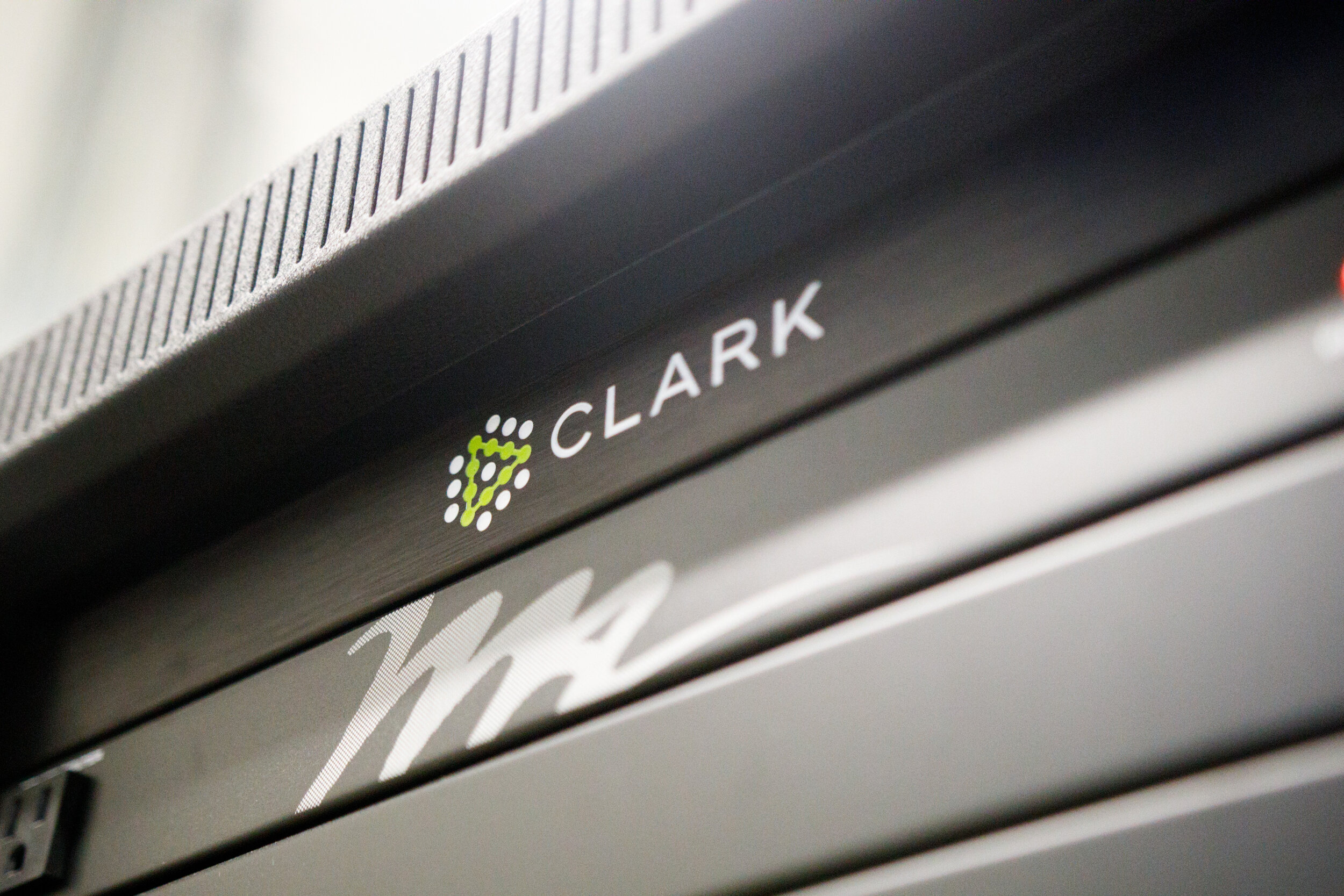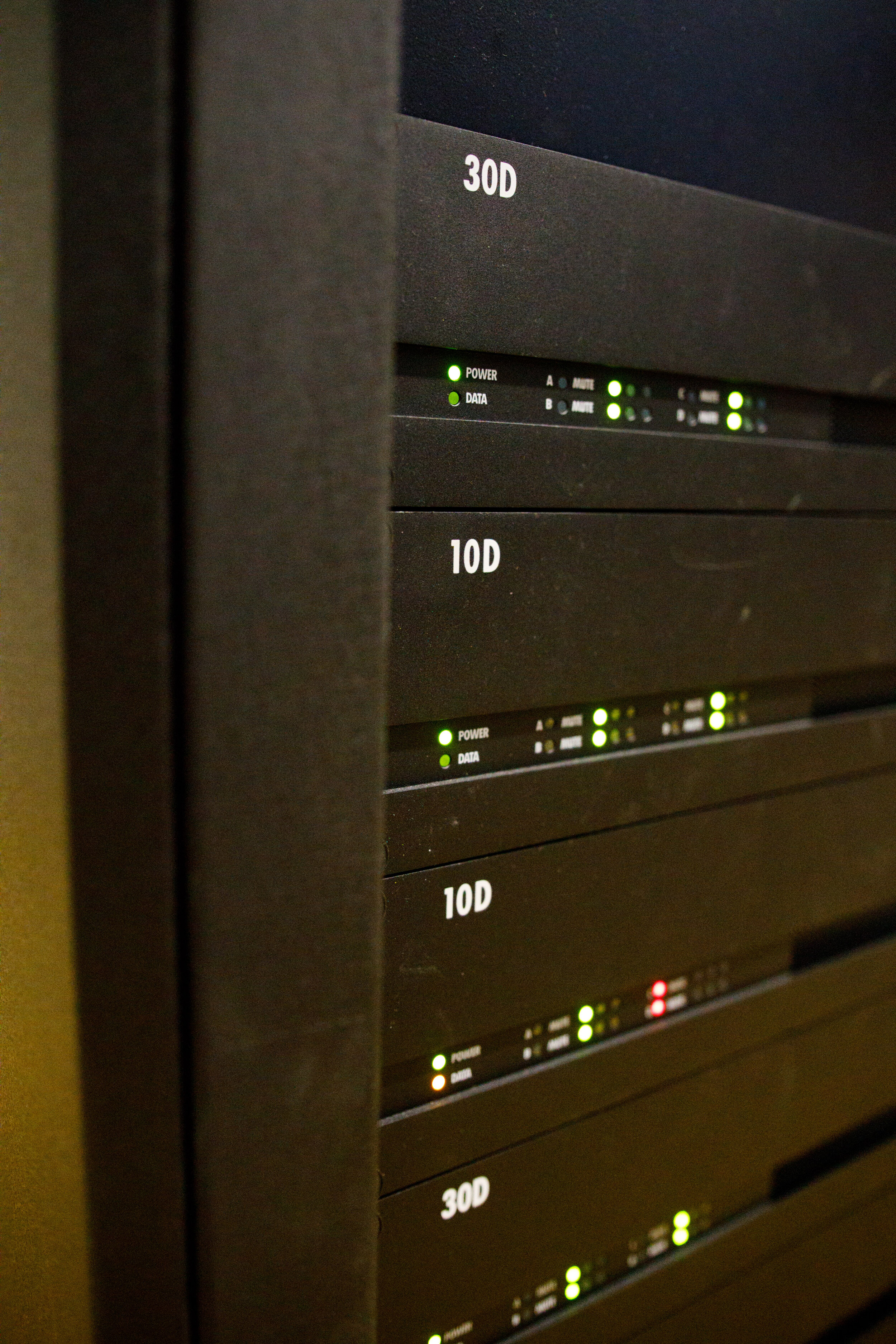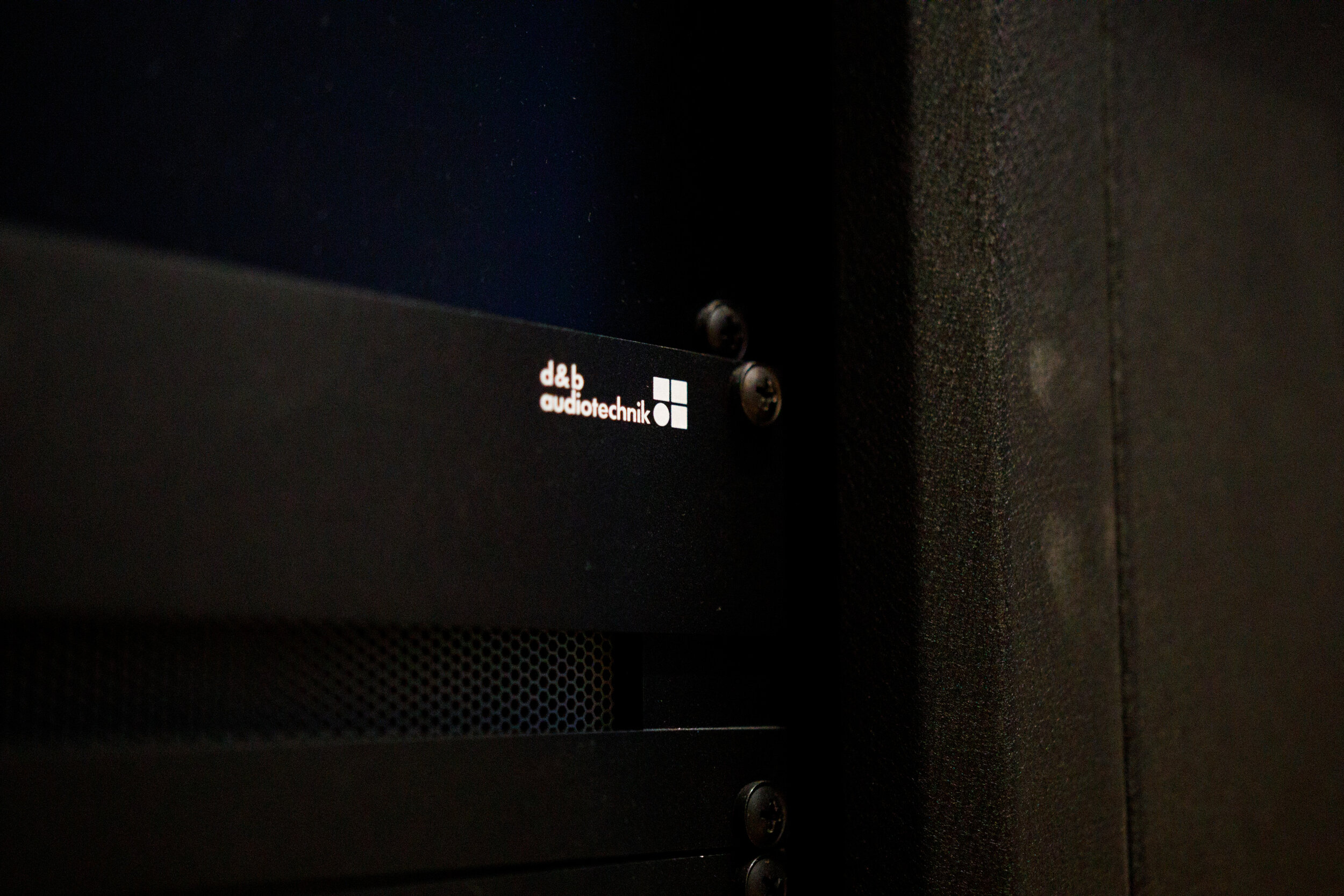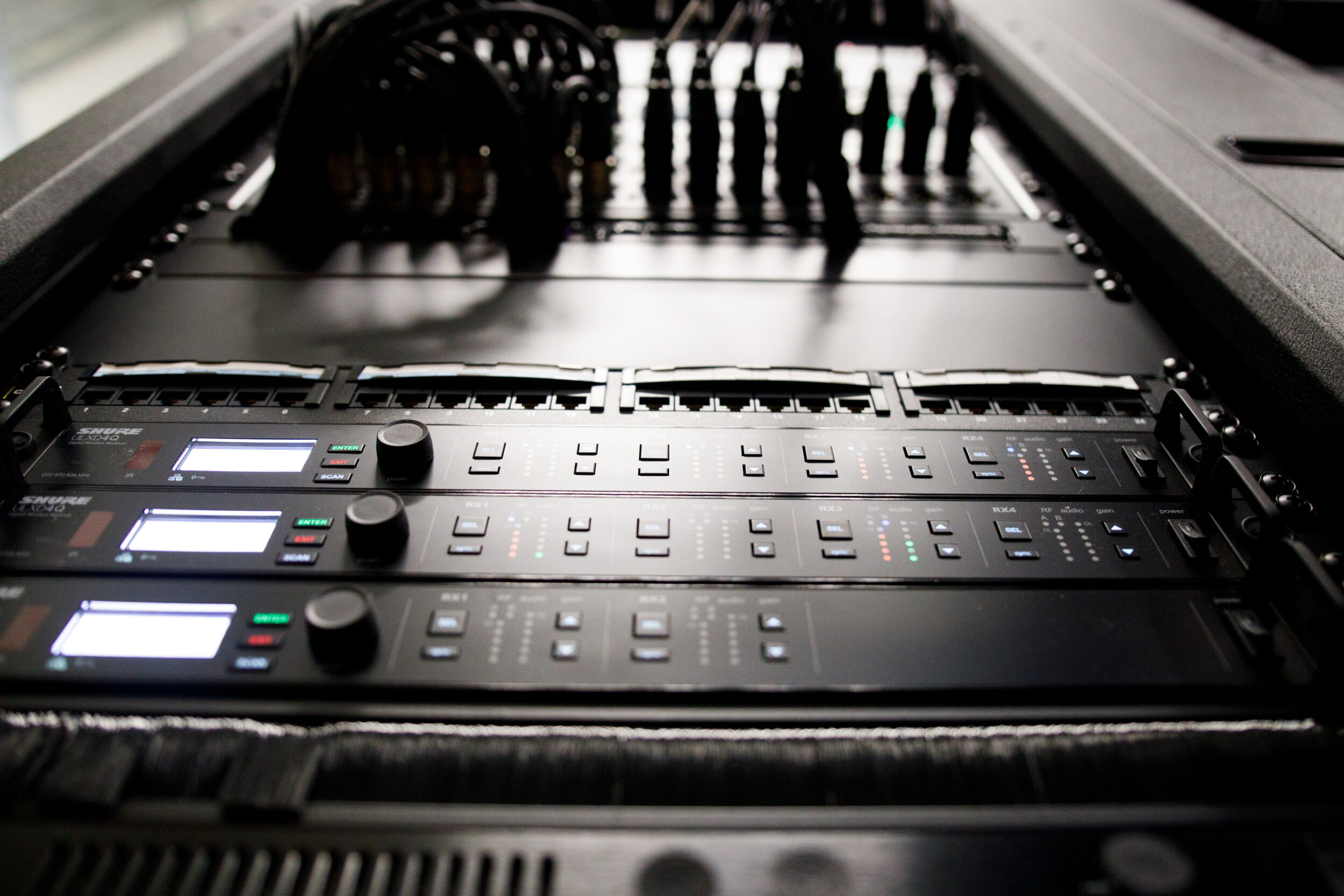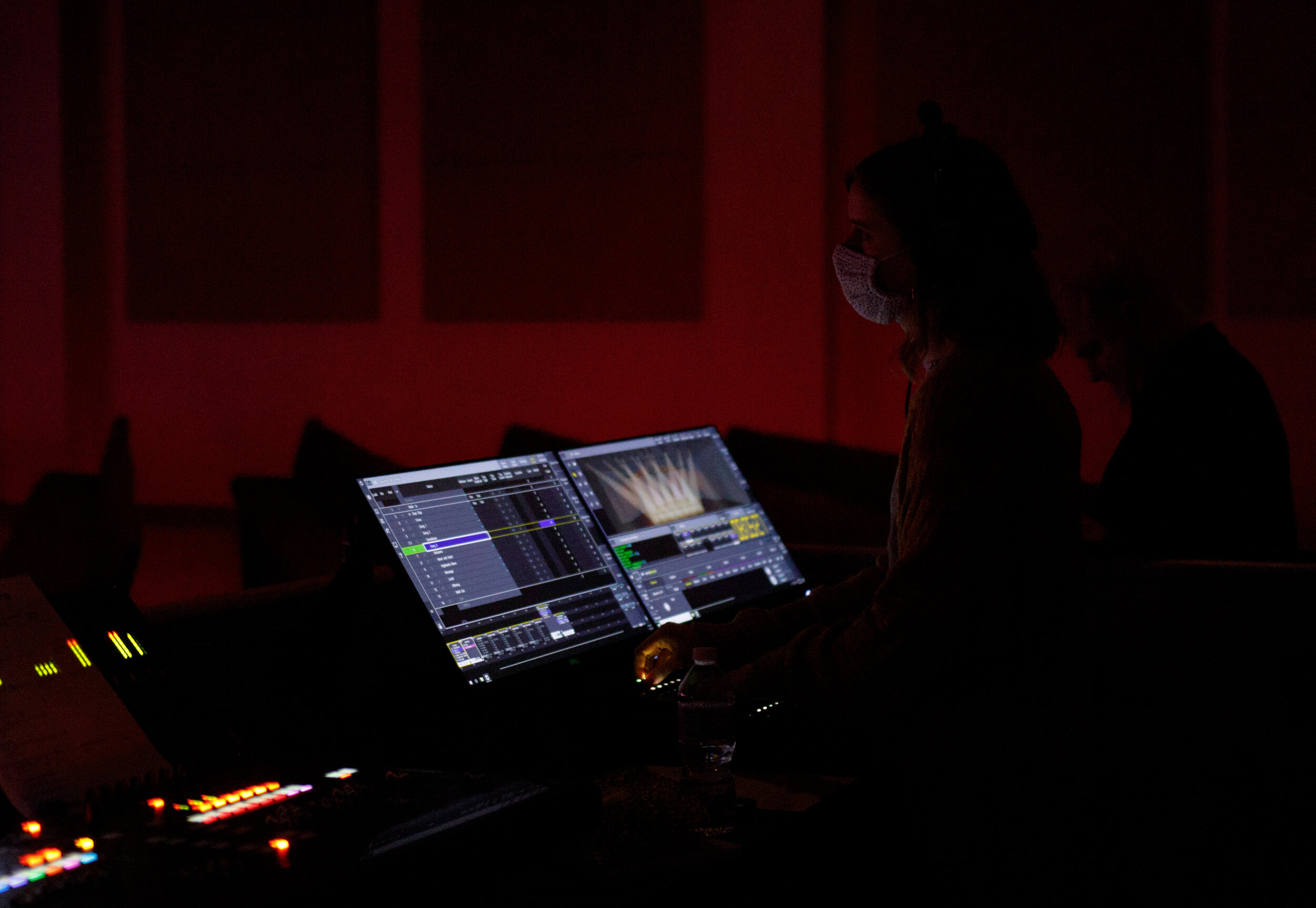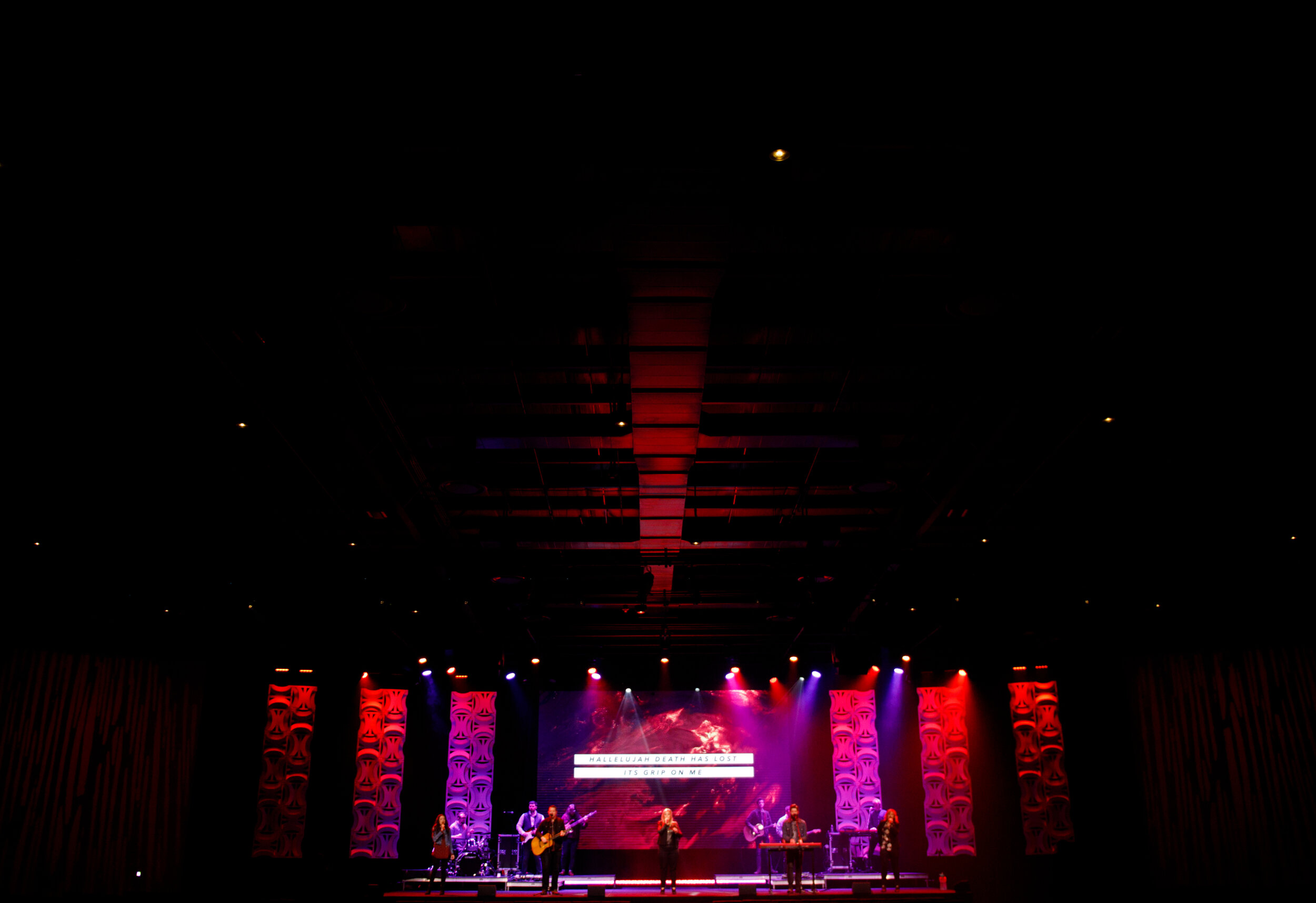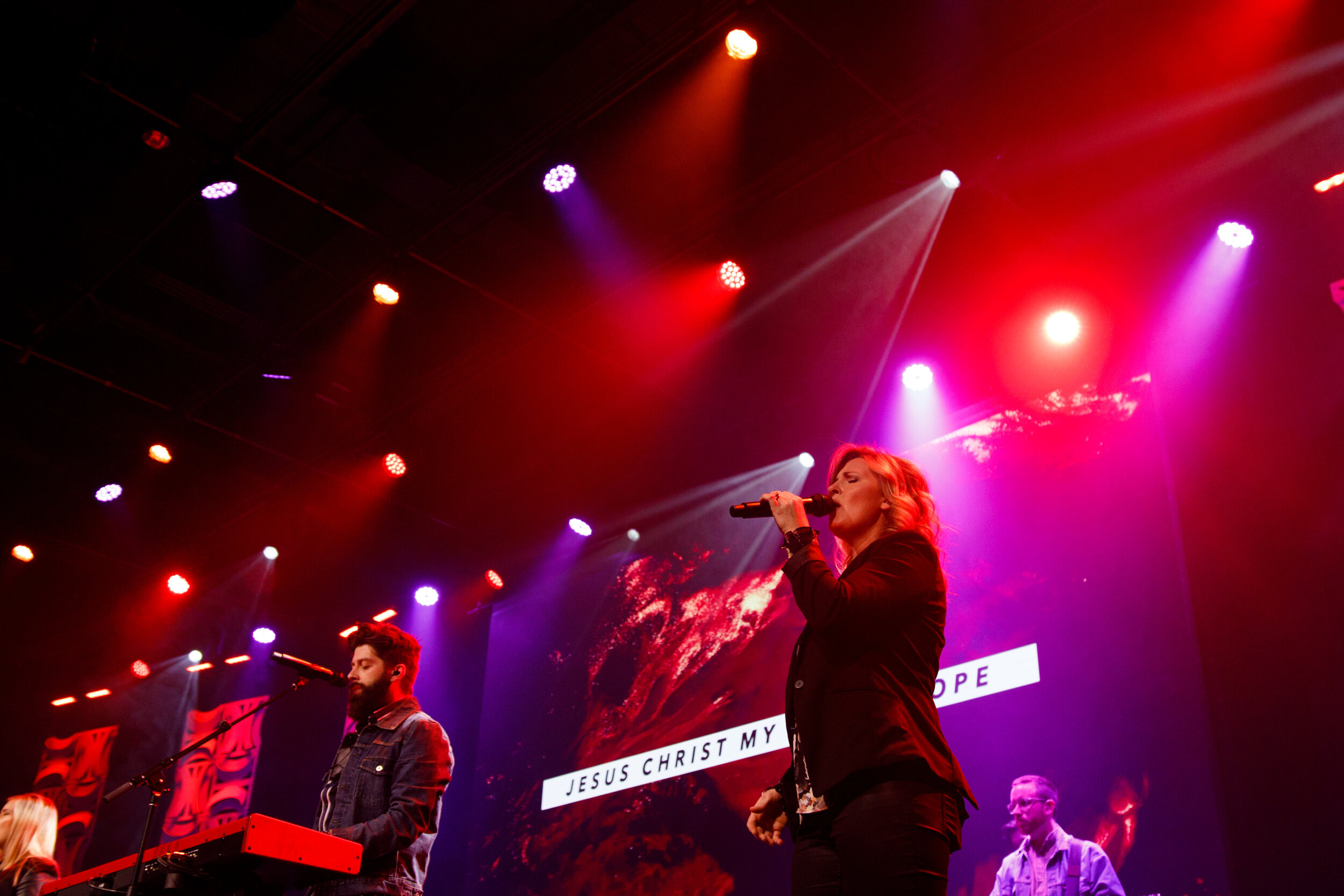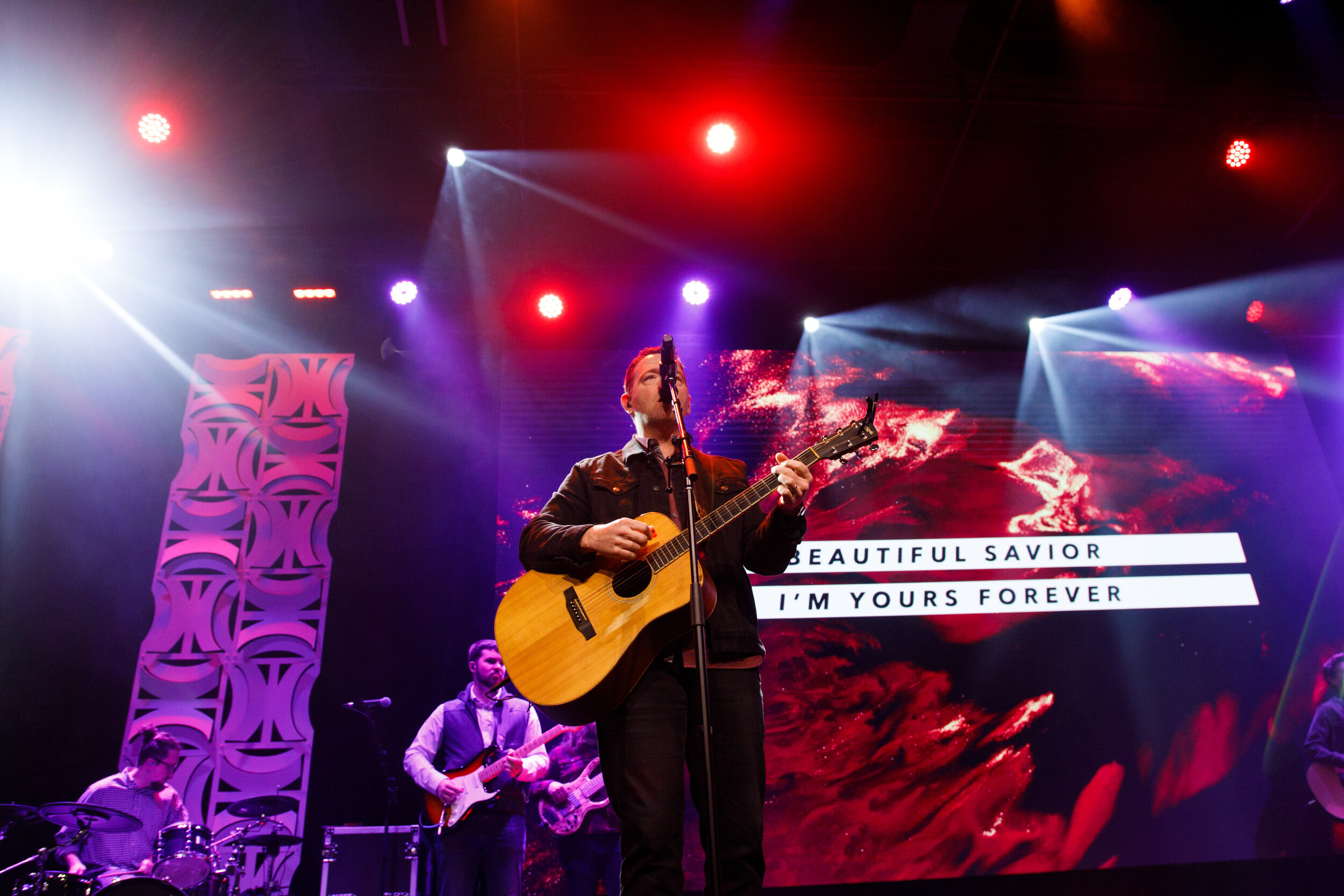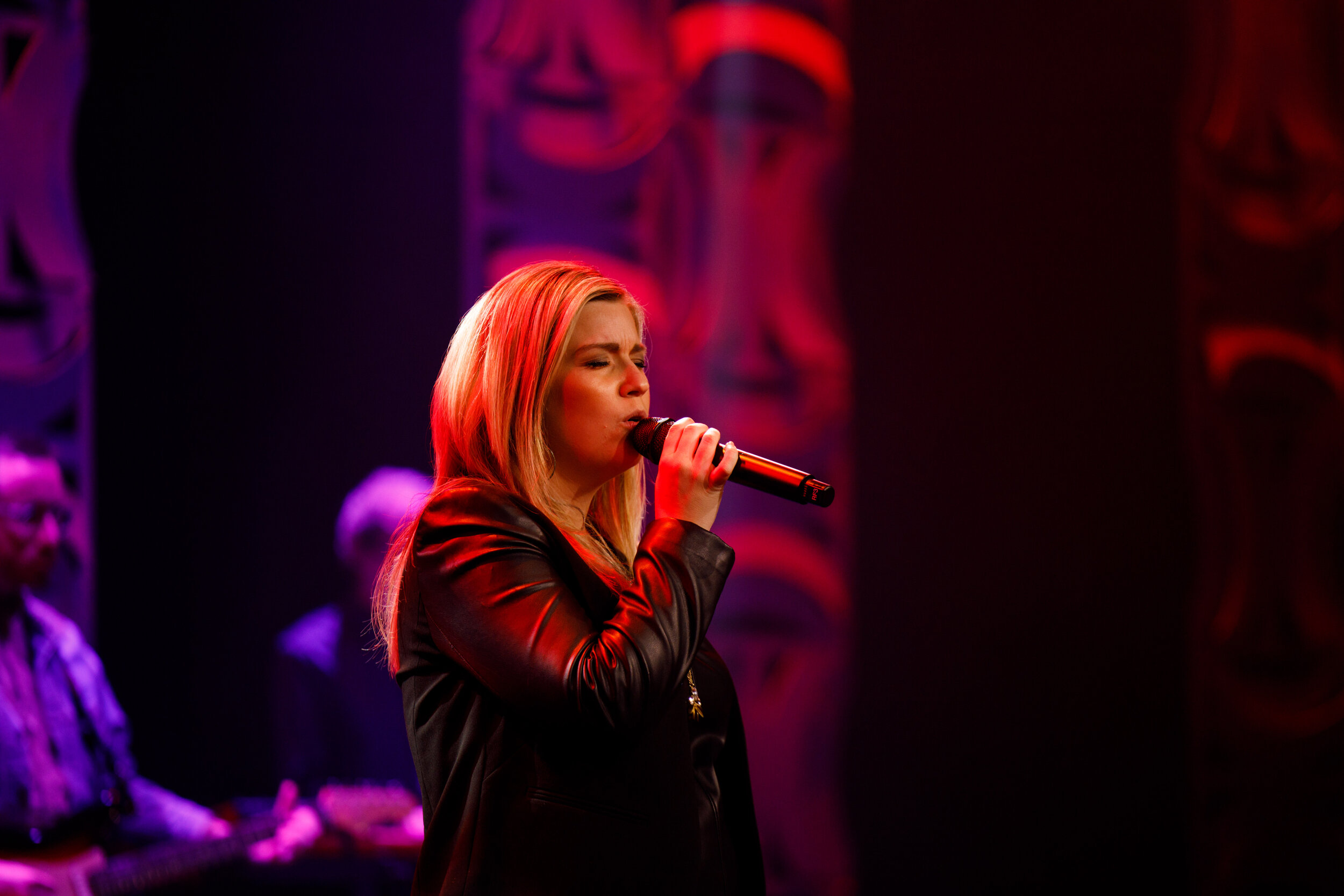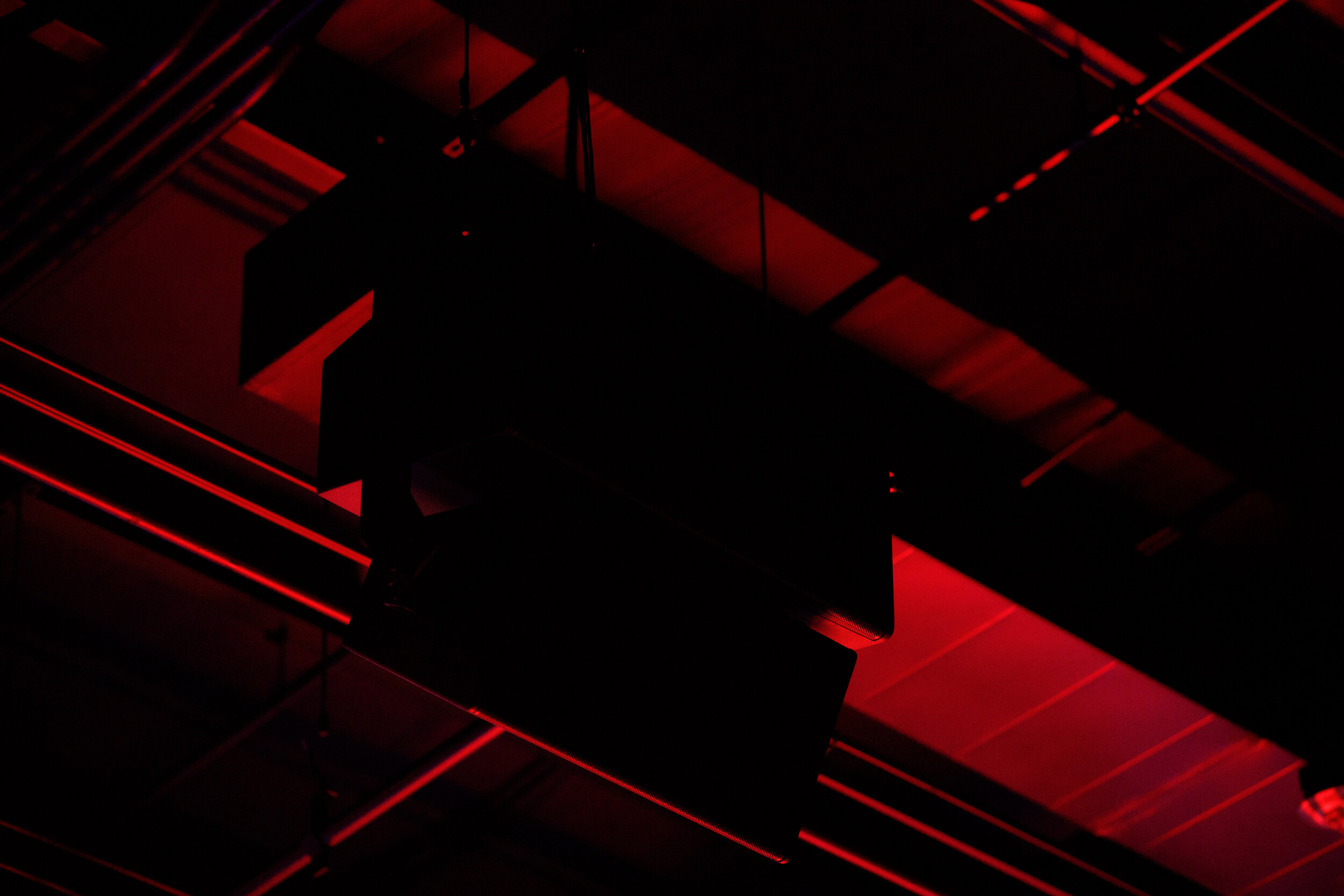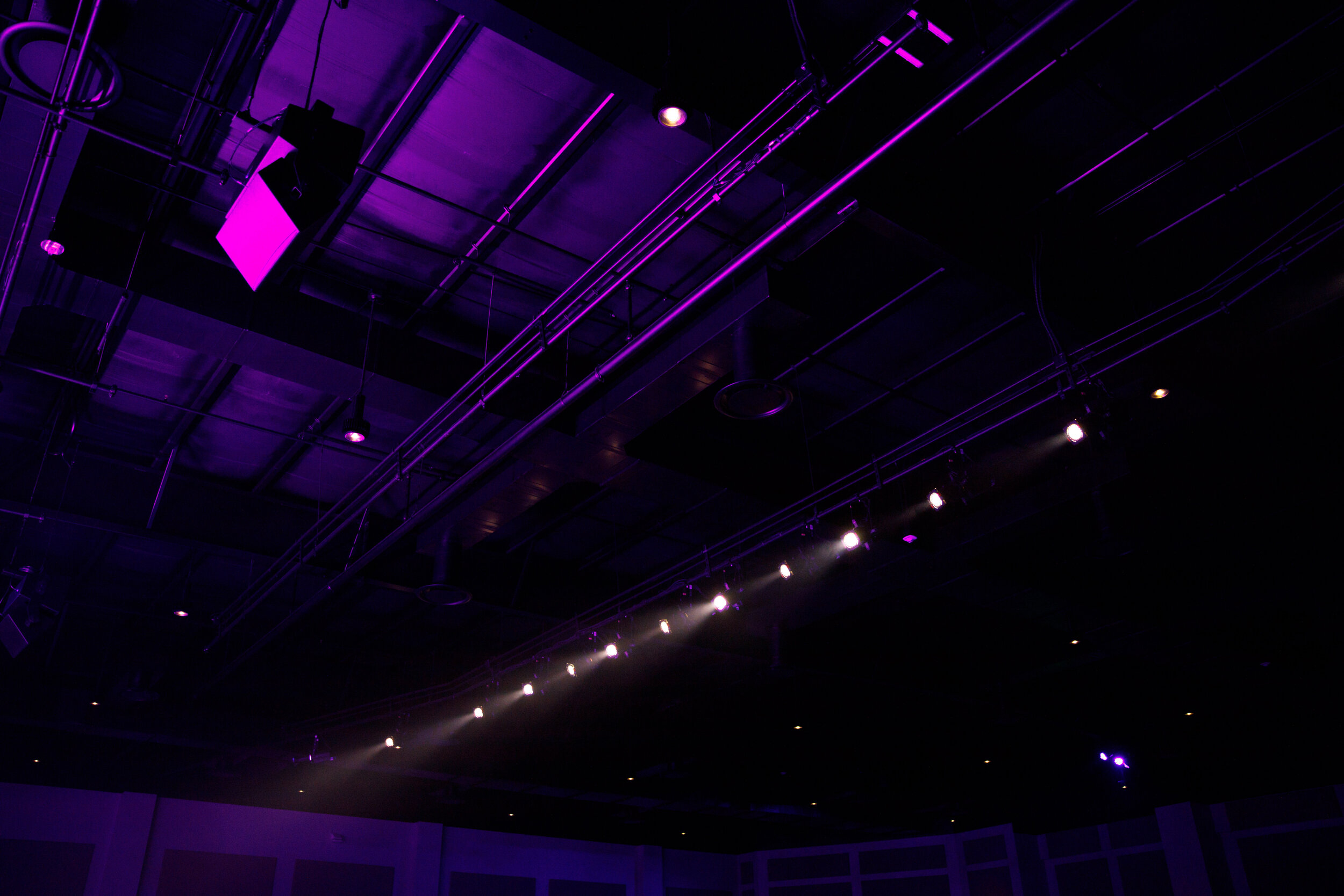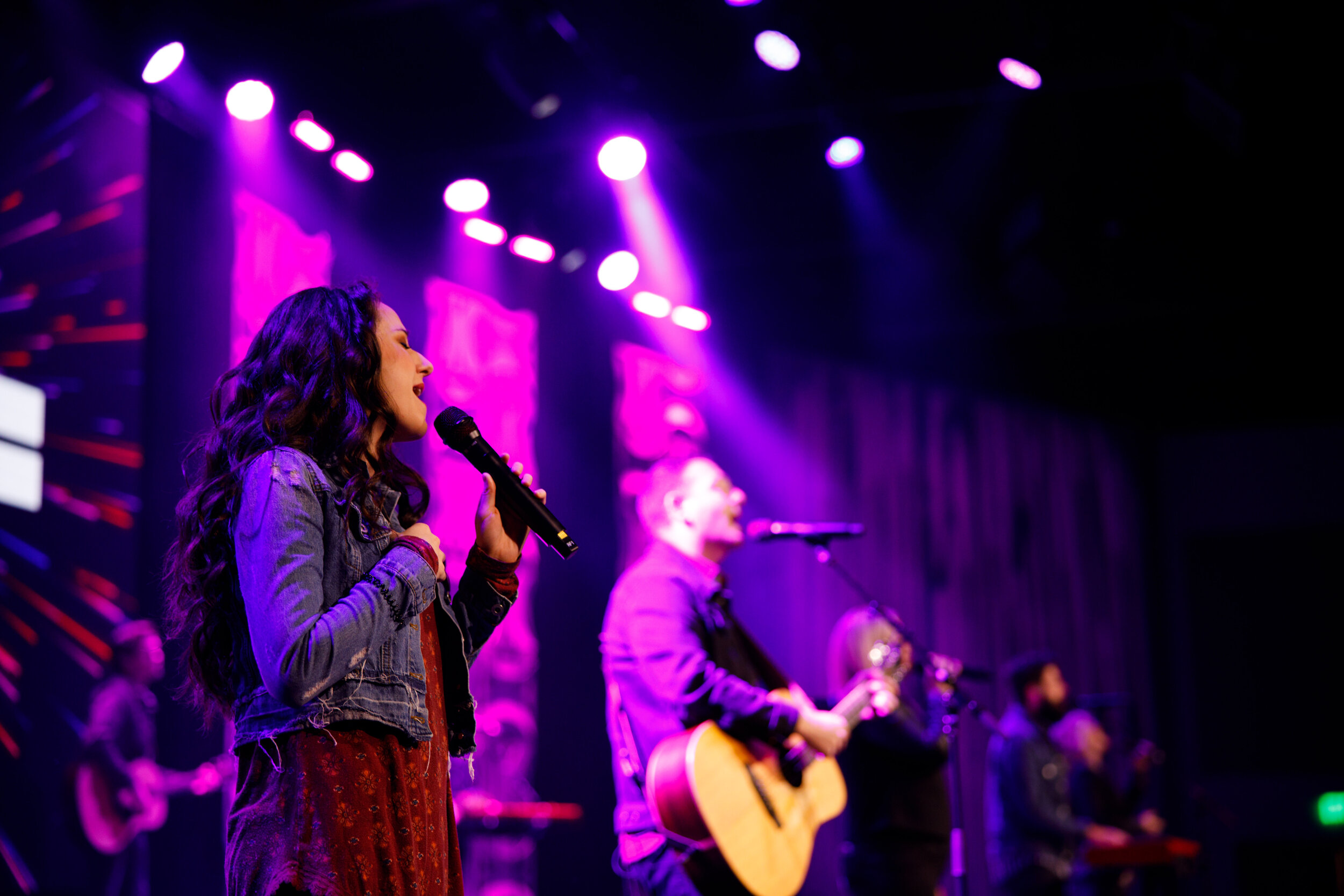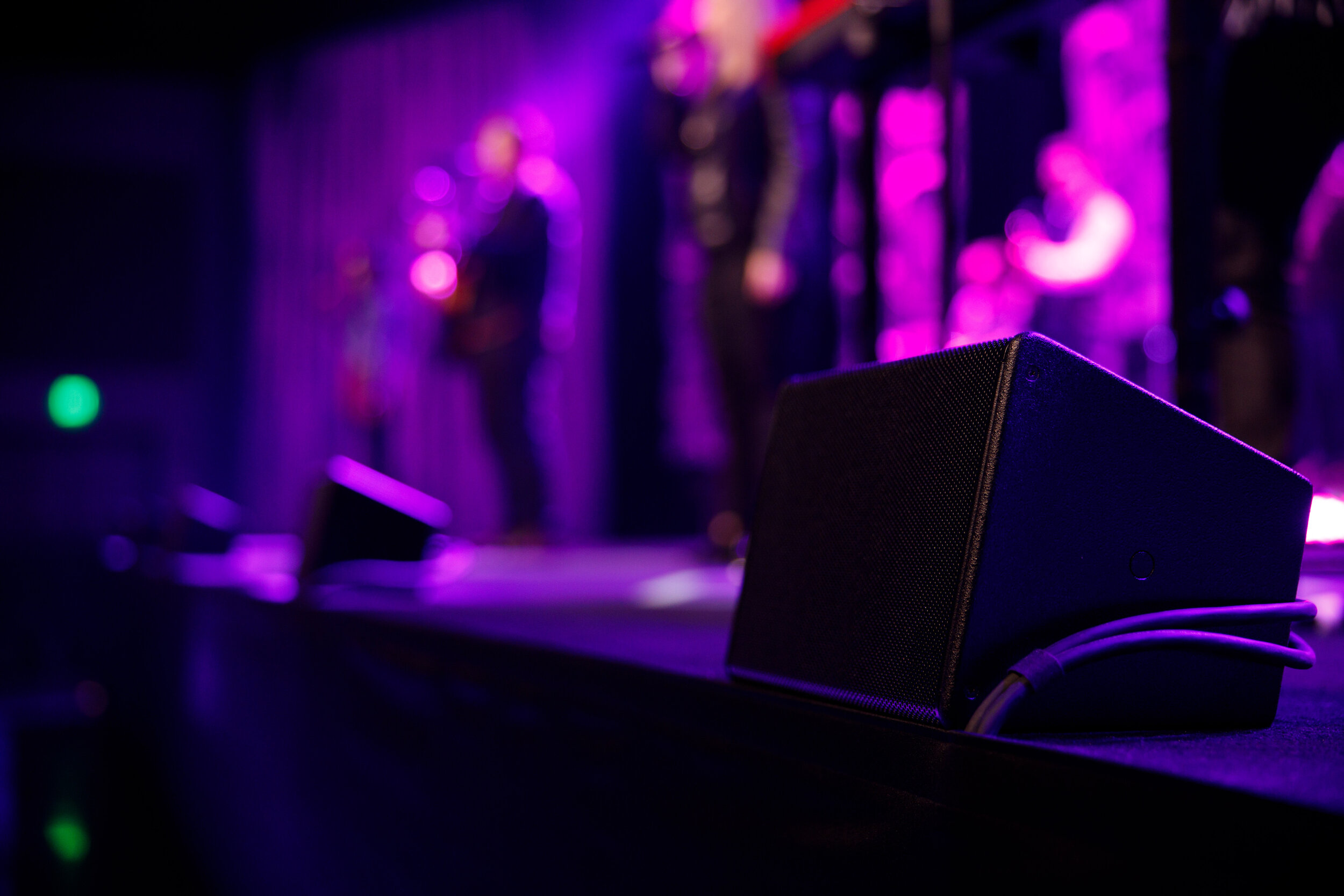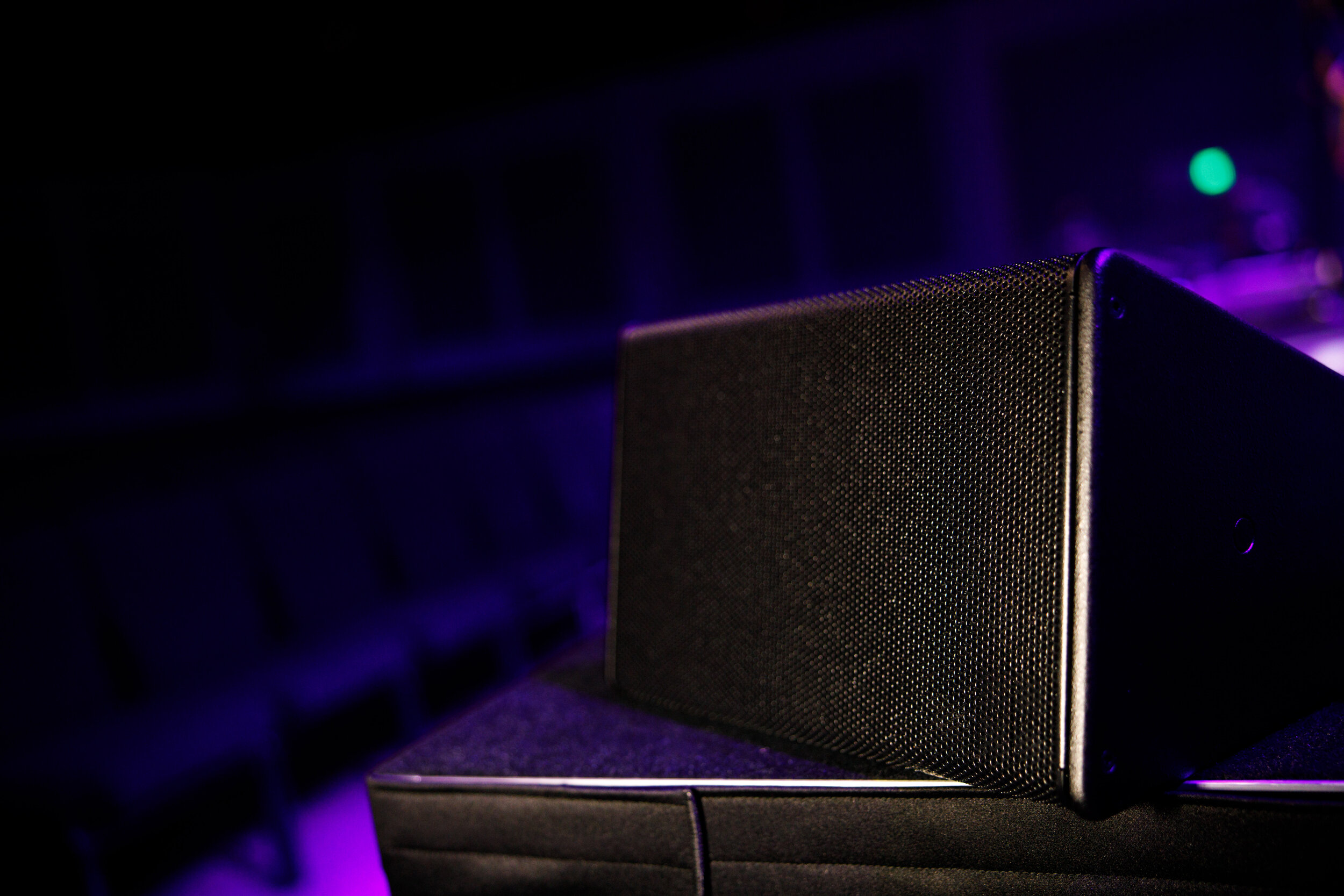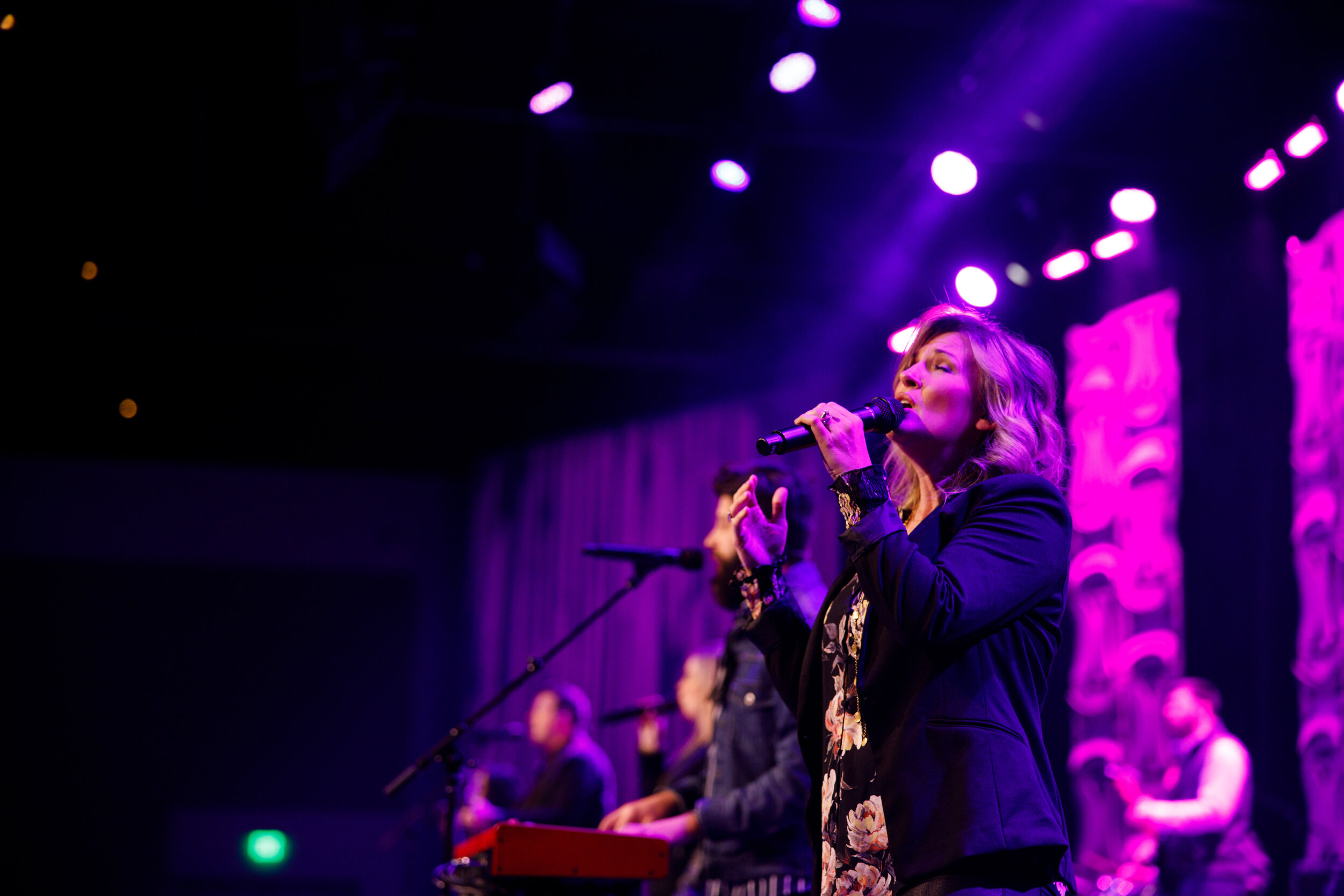Church of the Highlands
Gadsden Campus
An AV template that’s “scalable and repeatable” and creates efficiencies for the future
Founded in 2001 in a rented space at Mountain Brook High School in suburban Birmingham, Alabama the Church of the Highlands grew at a record-setting pace, expanding to a total of 23 campuses since then, including its online presence, which has become even larger since the pandemic compelled it to close to in-person service in March 2020. Now the largest church in the state, over 50,000 people attended weekly services at locations including Anniston, Auburn, Birmingham, Huntsville, Mobile Bay, Montgomery and Tuscaloosa, and in Columbus, Georgia prior to the COVID curtailment of live services
It's a sprawling worship domain, but if you wanted to understand its essence, look no further than its most recent location, a 23-acre new-build campus in Gadsden, Alabama that opened on Jan. 31 and that illustrates how the Church of the Highlands uses AV technology to keep its worship locations feeling small and intimate even as the church itself continues to grow. You’ll also see how Clark Productions, the church’s integration partner for most of its existence, helps them achieve that.
“We’ve worked on nine Church of the Highlands’ locations now, and each time we’ve refined the process a bit more,” explains Alex Stave, Design Consultant for Clark on these projects. “The Gadsden location represents the most recent one. What we’ve done, working with the church’s team is design an AV model that’s scalable and repeatable, that’s cost-effective and extremely efficient, and that lets their operational teams have predictability and familiarity in almost every location.”
The Technology
Technology and product choices reflect this philosophy. A center-mounted, 2.9mm-pitch 13 x 8-foot Coleder Road Ready display, comprised of 104 LED panels and flanked by projection-illuminated scenic elements, is dead-hung about two feet above the stage, which is itself easily movable, to allow the space to be used for a variety of other functions when it’s not being used for Sunday services. A FOR-A HVS-100 Type A switcher provides control of the live video to the display, used in conjunction with an AJA KUMO 32 x 32 router. Sound in the 1,100-seat venue is through a new d&b audiotechnik PA system comprising four hangs, each with a 24S-D main-array speaker atop a 12S-D speaker, and six 8S speakers are arrayed as the front fill for the auditorium’s widely splayed seating. Two 12S-D speakers act as delays for the rear seats, and six 21S subwoofers installed under the stage provide plenty of kick for the church’s energetic style of music.
A QSC Core 510 Q-SYS system provides routing for the audio, which is mixed on a Yamaha CL5 console and carried on a Dante network, significantly reducing the amount of cabling required. Services are streamed over a StreamJack SmartDNS subscription service. Resolume and ProPresenter software provide graphics and other video imaging.
“Every component of the systems was chosen based on the quality it can provide balanced against its cost, which is how we calculate value,” says Stave. “Each new iteration of the church has some small but important technical refinements that help make the next one even better and more efficient.”
Each successive location project adds some refinements to the template that the church and Clark have been honing over the years, adds Brandon Byrd, Clark’s project manager for these installations, a collaboration that creates substantial synergies for the church and its congregation. “Their goal is to keep planting churches, and our goal is to help them make each one a consistent experience for worshippers and their staff,” he says. “No matter where you are within a certain geographical area, you’ll be able to find a Highlands campus, and you’ll see and hear the same service on the same sound and video platforms. And that also applies to the staffers and volunteers mixing the sound and switching the video. They’ll be familiar with every piece of equipment — the same sound and lighting consoles, the same video equipment — no matter which location they’re needed at.”
This approach to systems design and implementation has tangible benefits. Stave estimates that the Gadsden location reduced its technology costs by close to 40 percent over locations established several years earlier. Savings come from a variety of sources: Clark’s expertise extends to staying current on changes in technology and being able to identify products whose costs have dropped significantly in the space of less than a year as new product cycles inevitably proceed but that are still state of the art. And standardizing around certain key components that have become widely accepted throughout the AV industry, such as the d&b sound system that’s become widely used globally for touring and installation in major entertainment venues, reduces maintenance, and training time and costs. Another efficiency is using virtual platforms instead of hardware ones. For example, much of the functionality of MA Lighting’s iconic grandMA series of lighting consoles is available through its grandma-on-PC software, a PC emulation of an entire grandMA console, and able control up to 4,096 parameters at a substantially lower cost.
Challenges And Solutions
The new Gadsden campus is a typical receiving location, capturing the live stream of the Sunday service and sermon by Senior Pastor Chris Hodges from the Grant’s Mill campus, the church’s main location in suburban Birmingham, which is sent to all 22 of the church’s other campuses simultaneously, cosseted by local worship, messaging and live music. Each location has a single video screen — most use projection; Gadsden is the third site to have an LED wall — which Highlands Technology Projects Manager Justin Firesheets says keeps the emotions of worship tightly focused.
But the Gadsden campus — which began like the church itself, as a portable campus at a local high school — also represents a further refinement of the template that Highlands and Clark have developed over time. “We talked with Clark about doing this with a different budget scope than before,” with more emphasis on value engineering, says Firesheets, who was the church’s Production Manager for 12 years before taking on his current title. “They understood that and brought new design ideas that reflected that.” For instance, Firesheets points to the FOR-A video switcher, a smaller and more compact one than used in previous projects but more than able to fulfill the need to distribute video feeds to other parts of the building because it was paired with a more robust router, which handles the video for the main LED display. “Budgets drive every kind of project to some extent, but Clark helped us think about different ways to approach and solve challenges than simply relying on how it had been done before.”
Other examples include using Q-SYS touchpanels in ancillary rooms like Highlands Kids and the kindergartens’ Clubhouse to operate their AVL systems. “Instead of putting separate audio mixers in each room, that function and others like lighting are combined into a single wall-mounted touchpanel, which saves costs and makes accessing those systems much easier,” says Stave.
“We’re fortunate to have a very talented technical staff within the church,” says Firesheets. “We were able to complement Clark’s team, which handled the entire AV design, specified the infrastructure needs in conjunction with our general contractor, and worked with our AV and IT teams to specify the AVL equipment and then worked together with them on programming much of it and training our volunteers. What makes Clark so valuable to us as a partner is how well they know our vision as a church. They’re not just a technology partner — they’re a ministry partner.”

